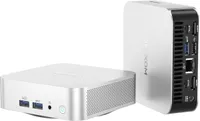Best mini PC of 2025: We rank our top-performing mini computers tested for business, creative and gaming set-ups
We tested the best mini PCs, thin clients, and NUC boxes to find out which Windows and Apple machines come out top
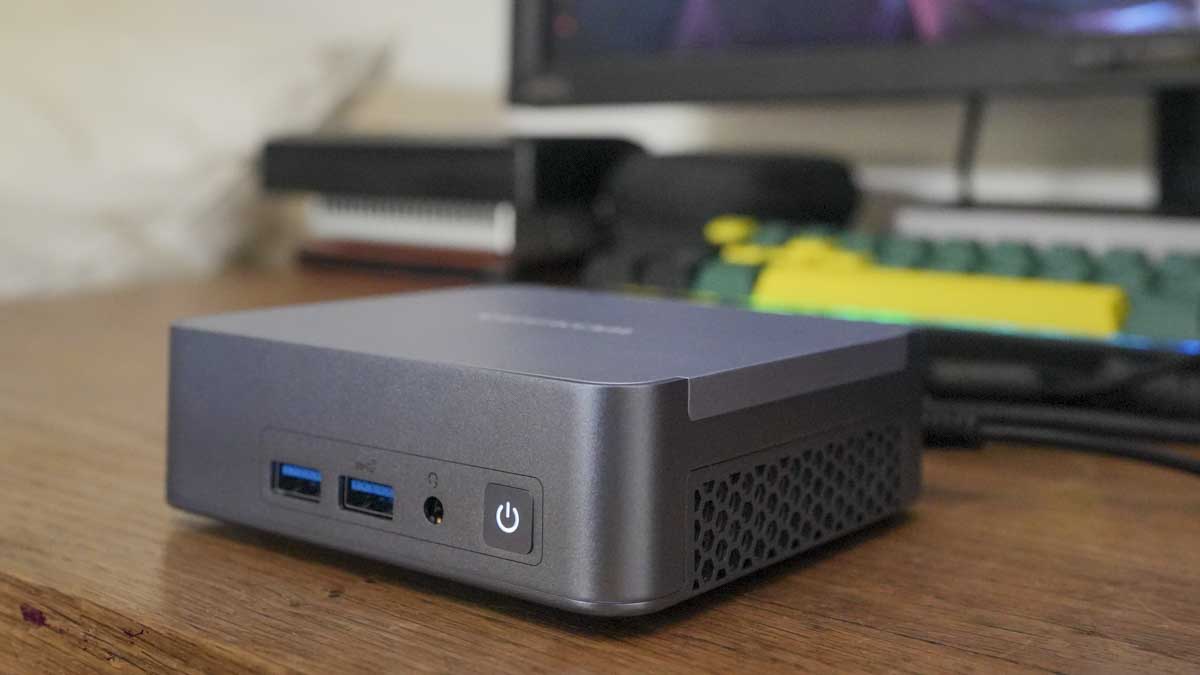
With over 100 of the best mini PC machines tested and reviewed, I've hand-picked the top-performing models for the office, home, and studio. Whether you're a business or creative professional or looking for a mini PC for gaming, these are the NUC boxes, thin clients, and mini computers that came out top in our tests.
The Apple Mac mini (M4) remains a solid choice for productivity and content creation workloads. It's well-priced and that powerful M4 chip breezed through every task we threw at it in tests. For anyone looking for a plug-and-play device that requires no further set-up or tinkering, it's easily the best. I recommend upgrading to the M4 Pro chip if you need a more stable experience when editing videos and other pro-grade creative workloads though.
For a Windows mini PC (and there are plenty), the Geekom AX8 Pro really stood out at the premium end, while for a budget machine, I love the careful balance of performance, price, and specs you get from the GMKtec NucBox M5 Plus. And the Minisforum AtomMan G7 PT is an excellent pick if you want the best mini PC for gaming.
Check out the full round-up below, with each machine benchmarked using industry-standard tools to see how they perform in our series of tests, from running basic office software right up to 4K editing and gaming.
Save 5% on the Geekom A6 with code TECHA6GK
The Geekom A6 mini PC is an exceptionally high-quality machine that during our tests proved adept at tackling office work, photo and light video editing, and even light gaming duties. Right now, you can save 5% when you use code TECHA6GK.
Offer ends December 31
Quick list
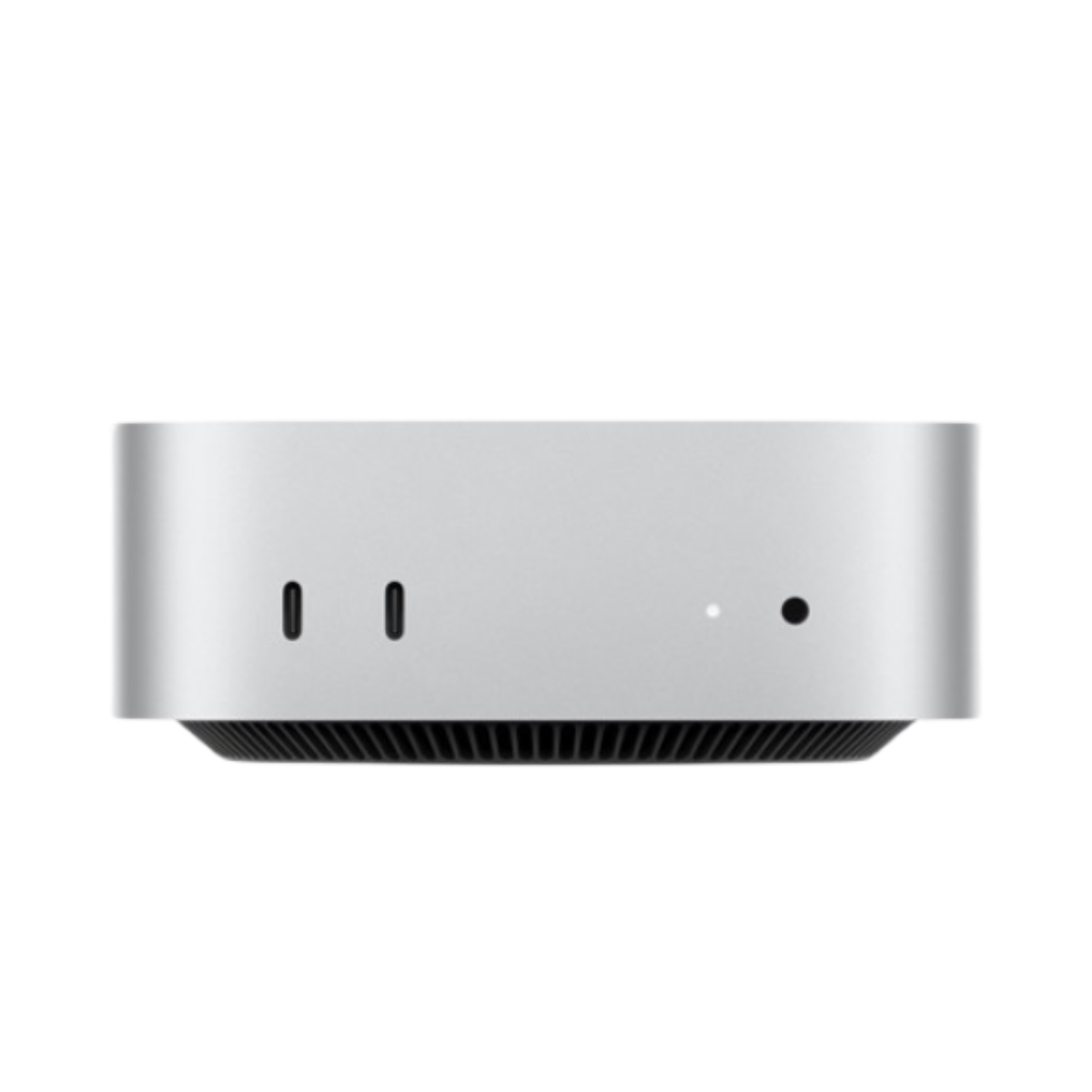
Best mini PC overall
Small and stylish, our top-rated mini PC with its M4 processor is perfect for everyday office tasks, streaming movies, and even 4K video editing.
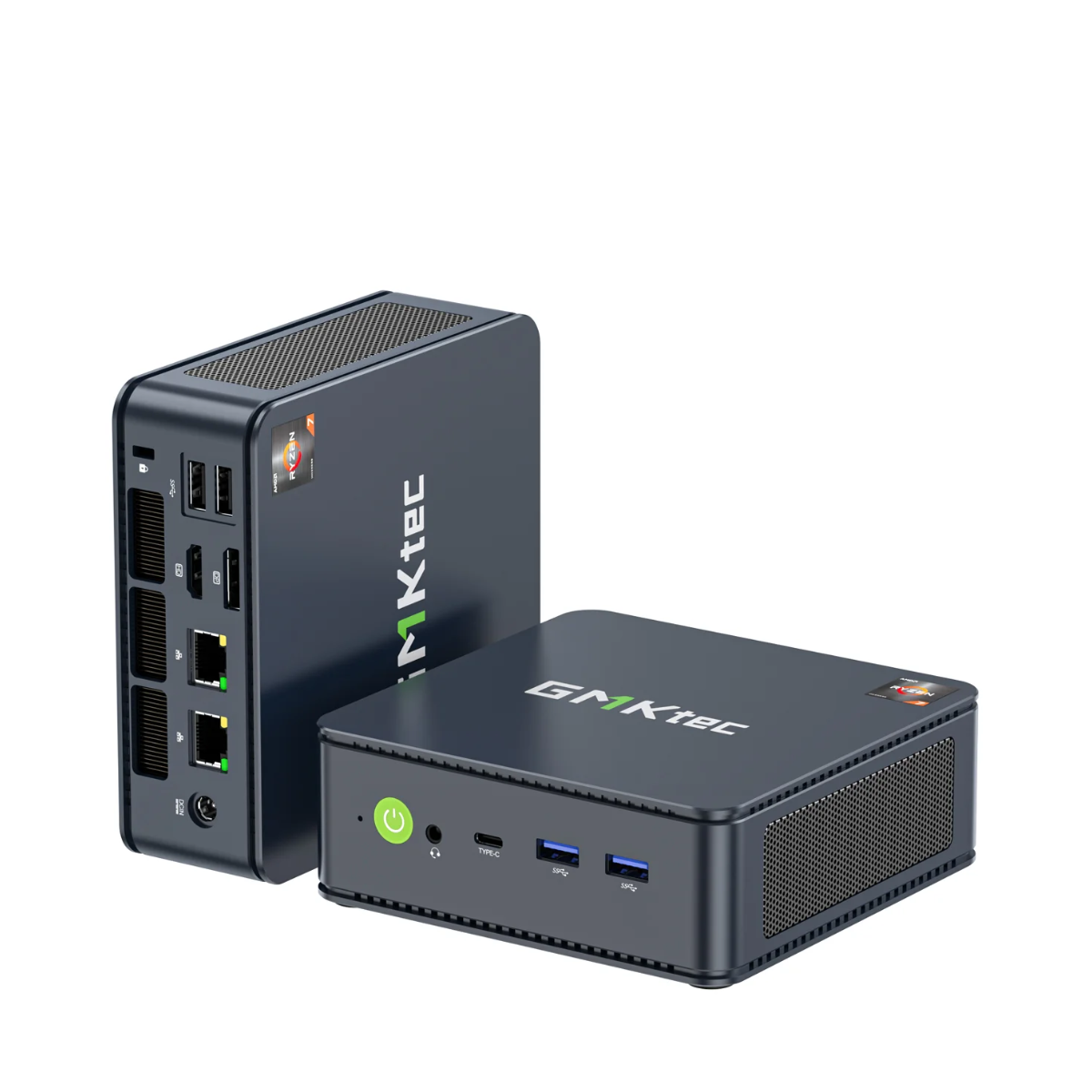
Best budget mini PC
Well-priced for the specs, this cheap mini PC proved to be an excellent performer with plenty of flexibility for most tasks and most people.
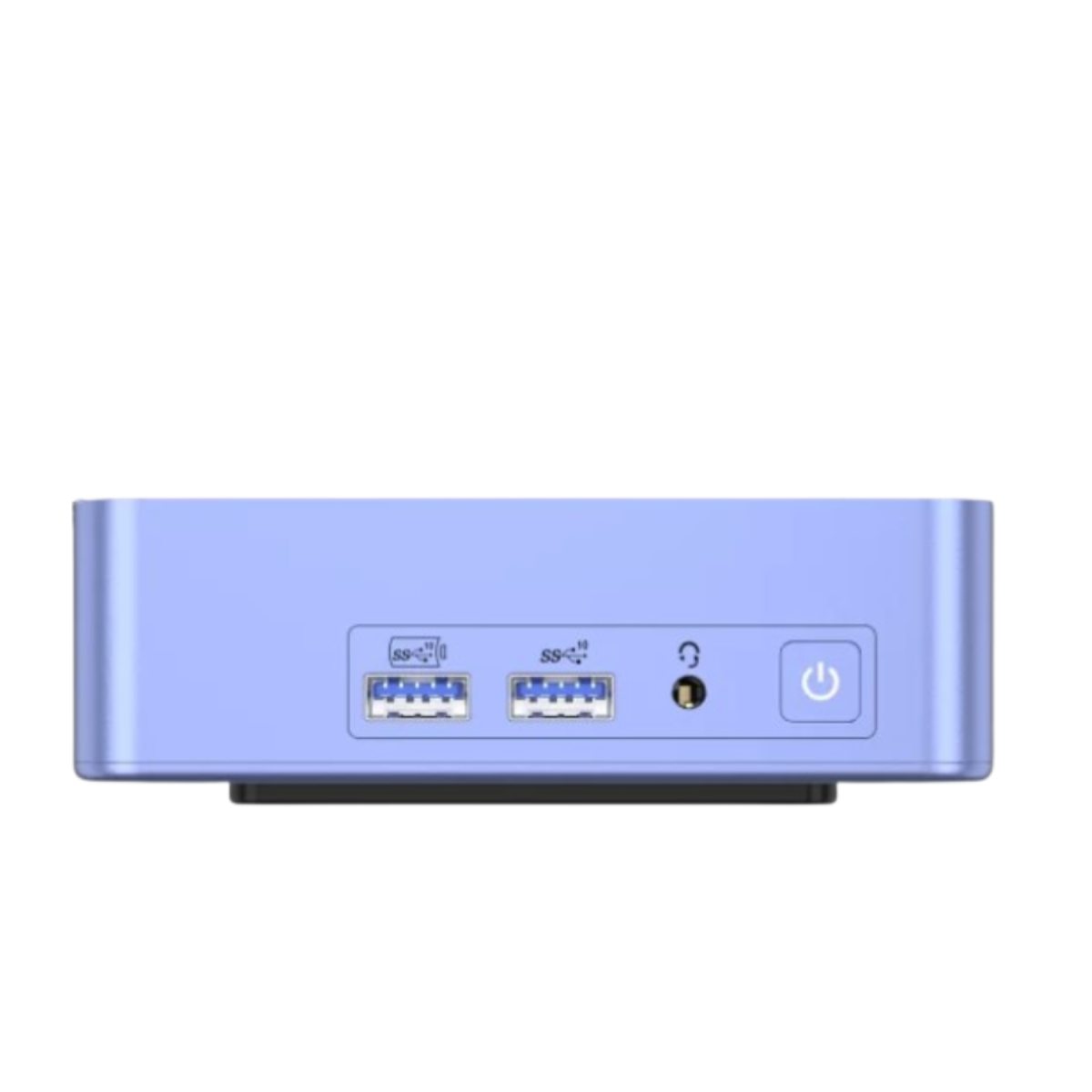
Best mini PC for Windows
A stylish machine that offered superb performance during our tests, and one of the best you can find running Windows OS.
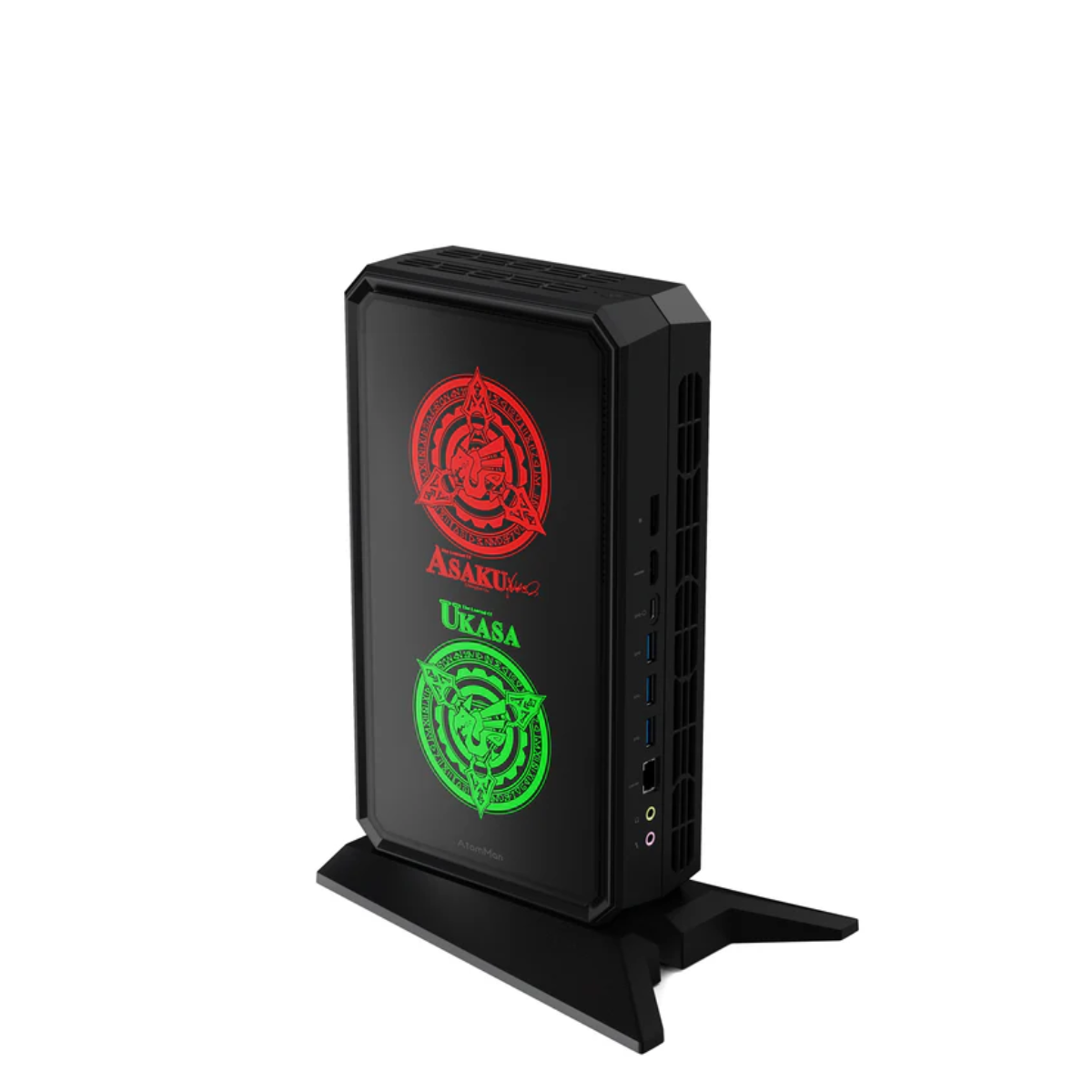
Best mini PC for gaming
Designed as a gaming mini PC, we loved how well this model handled AAA titles, alongside other graphically intense workloads.

Best mini PC for video editing
The Minisforum UM790 Pro is a powerful small form-factor PC that impressed us with solid performance from office tasks to 4K video editing.
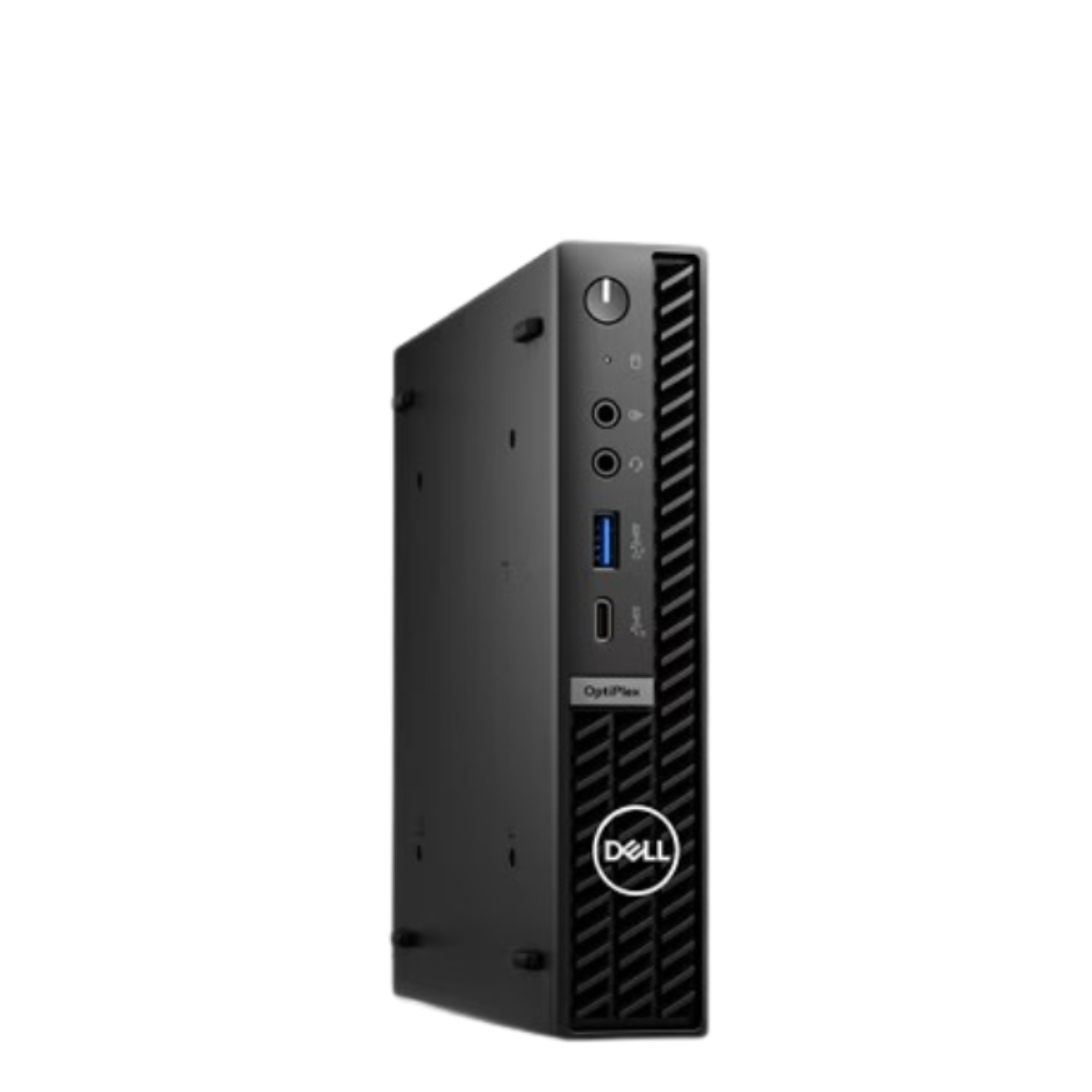
Best mini PC for business
For a reliable, professional-grade device for a range of business uses, this model from Dell offers some great extras, including robust security features.
Load more products
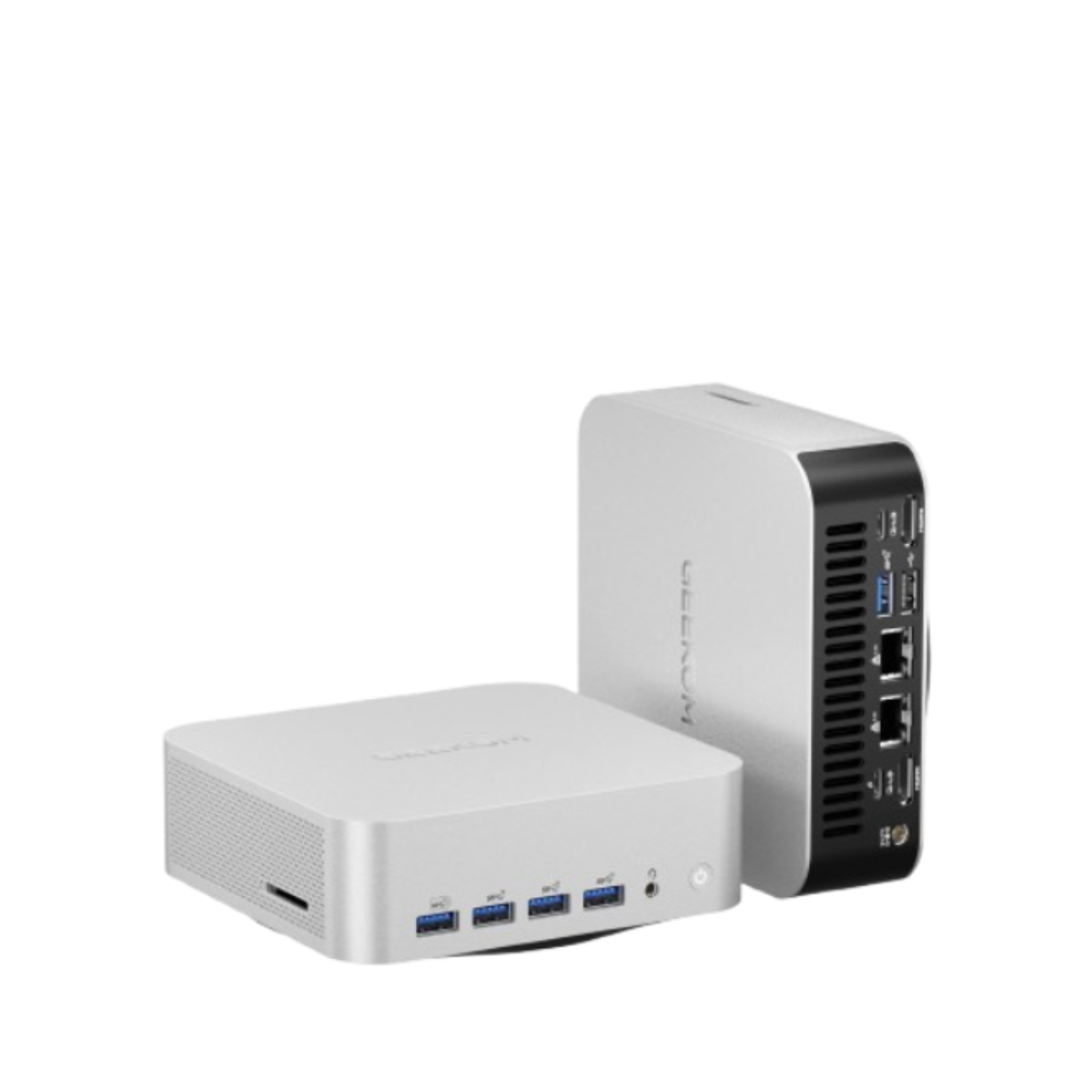
Best mini PC for creators
If you're running creative tasks on your mini, we found this unit excelled at the task, particularly when using the full Adobe Creative Suite - a solid alternative to Apple.

Best mini PC workstation
Once we paired this device with Beelink's external GPU dock, we saw an astounding boost to performance, besting some mobile workstations.
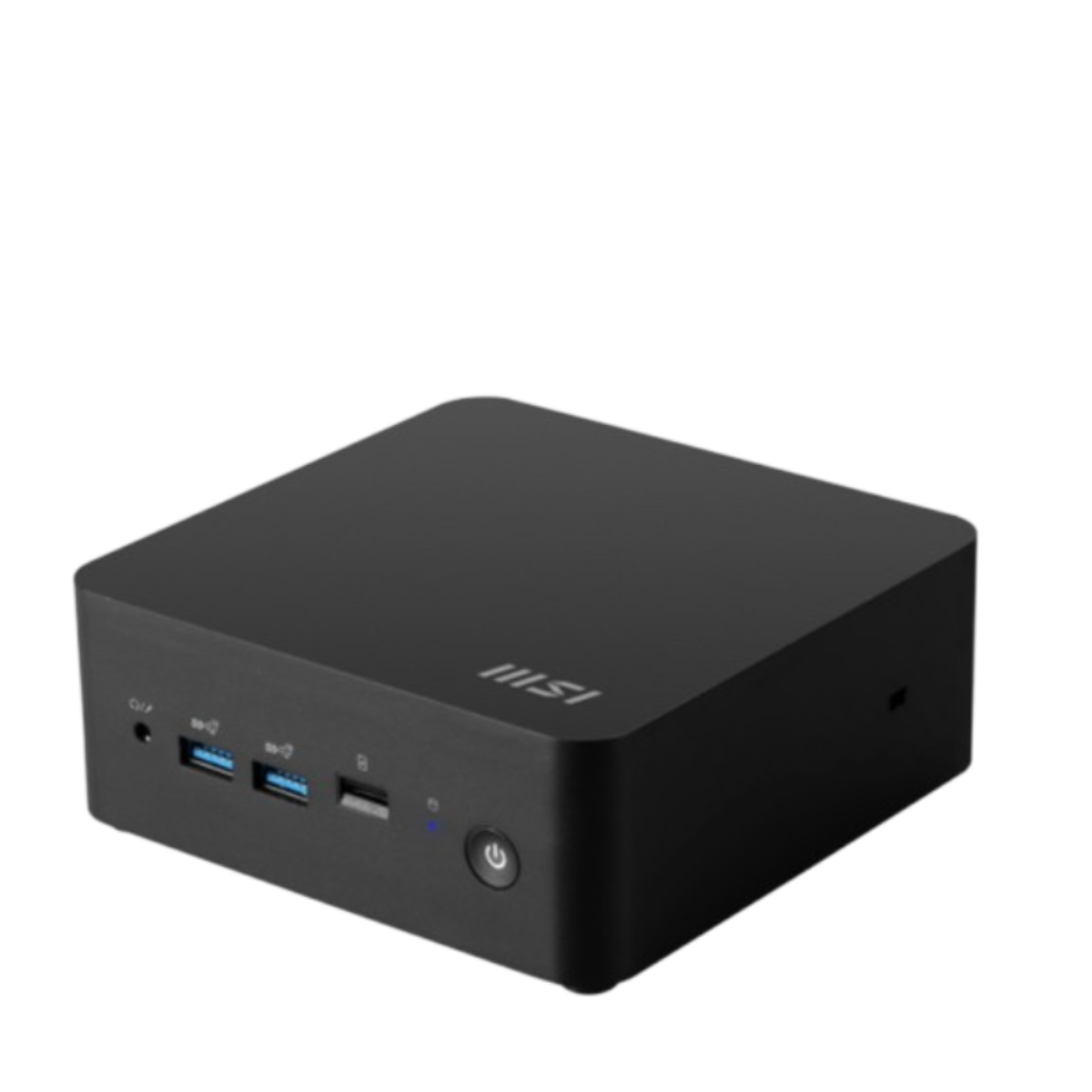
Best mini PC for small spaces
It might not be the smallest mini PC we've reviewed, but this MSI NUC proved its worth and we really like the smooth performance and compact design.
Best mini PC overall
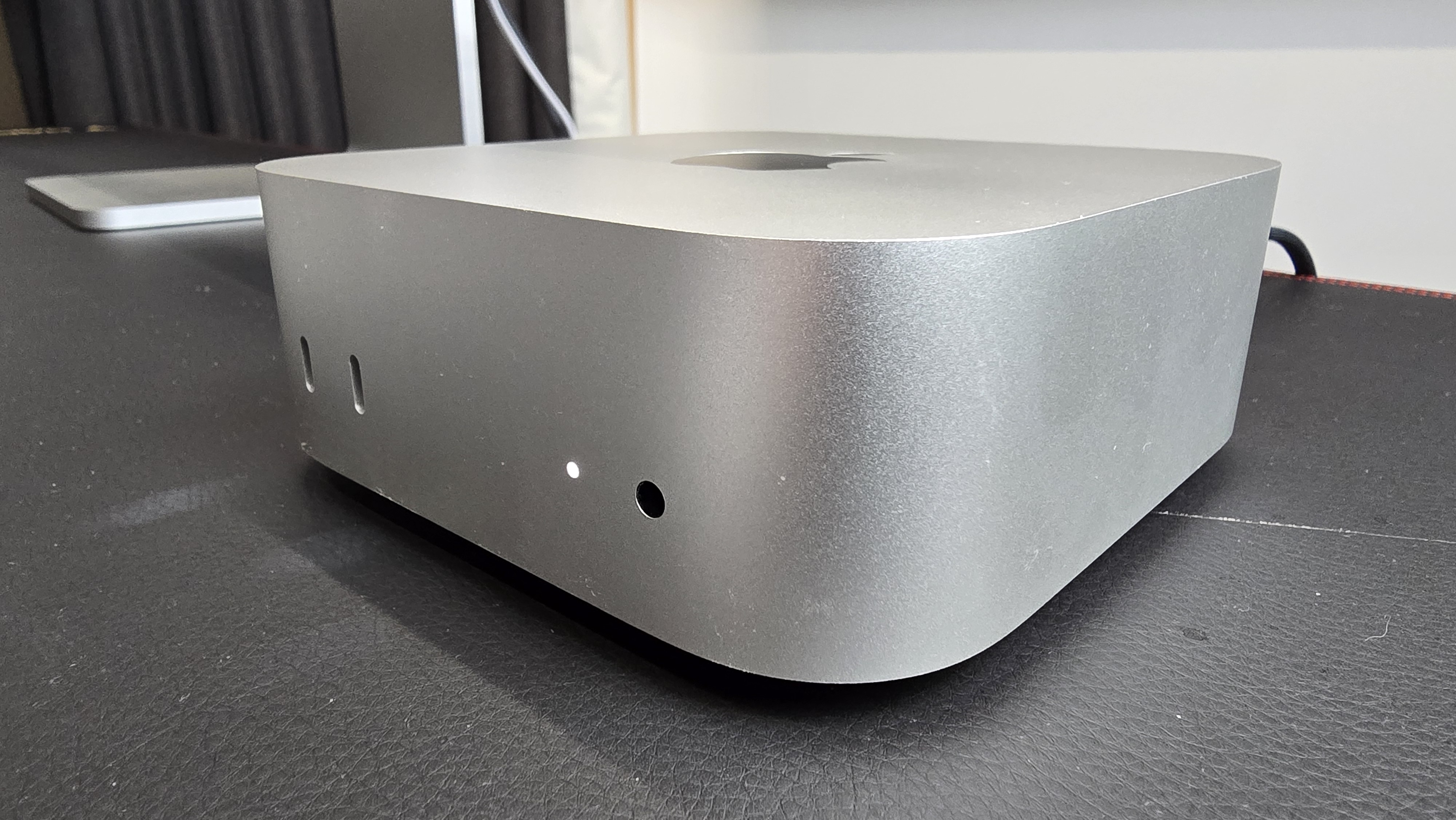
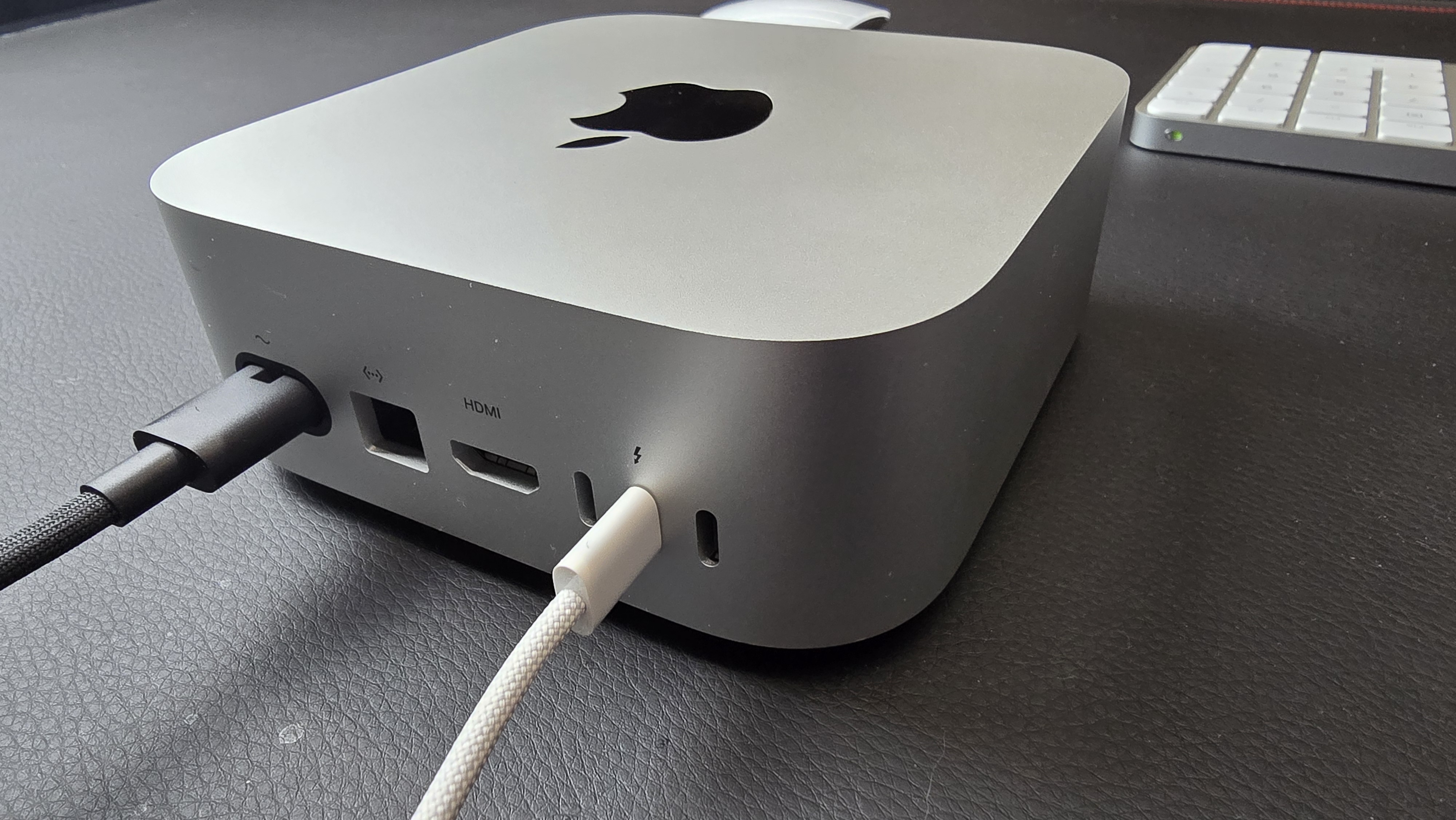

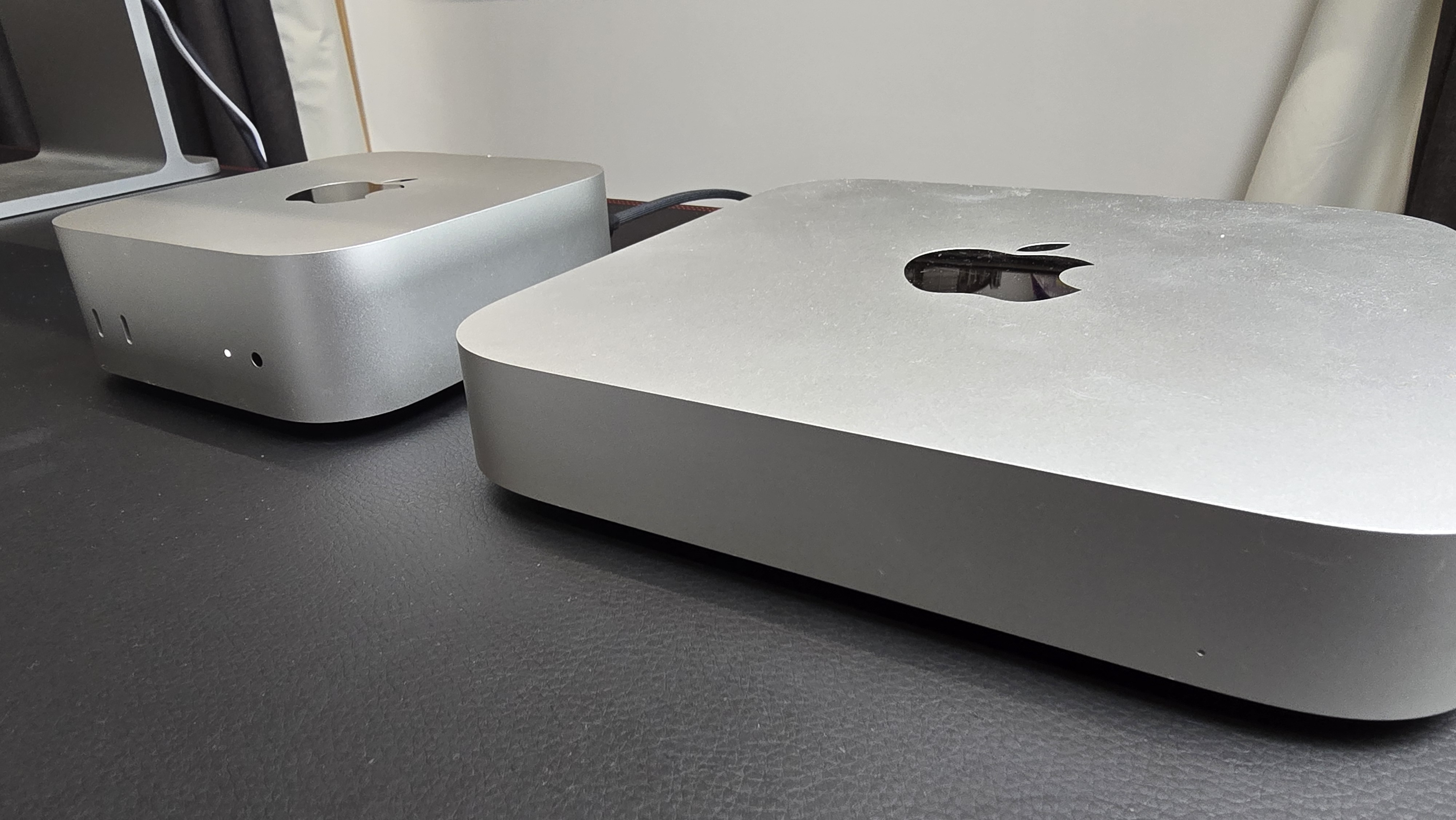

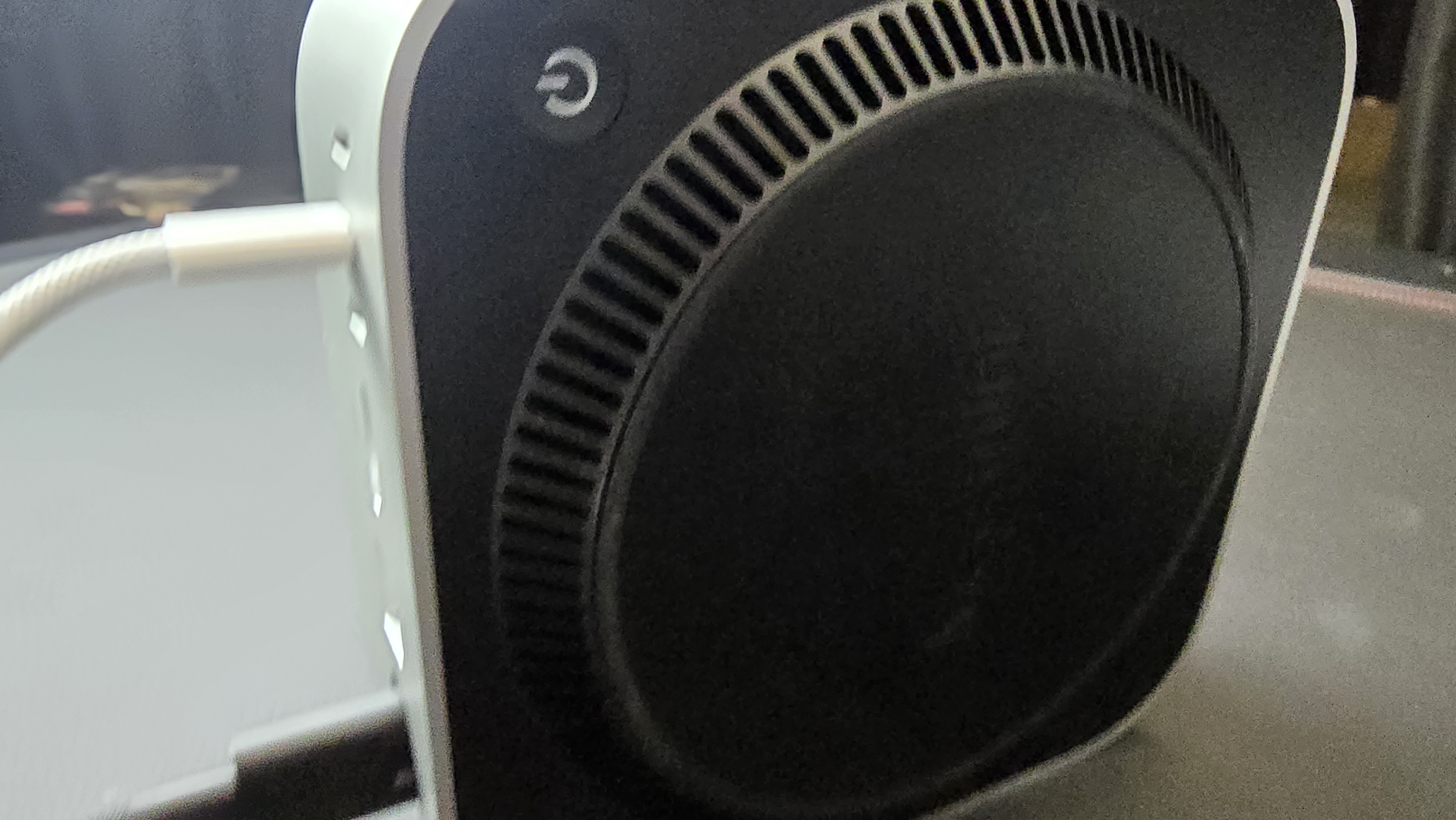
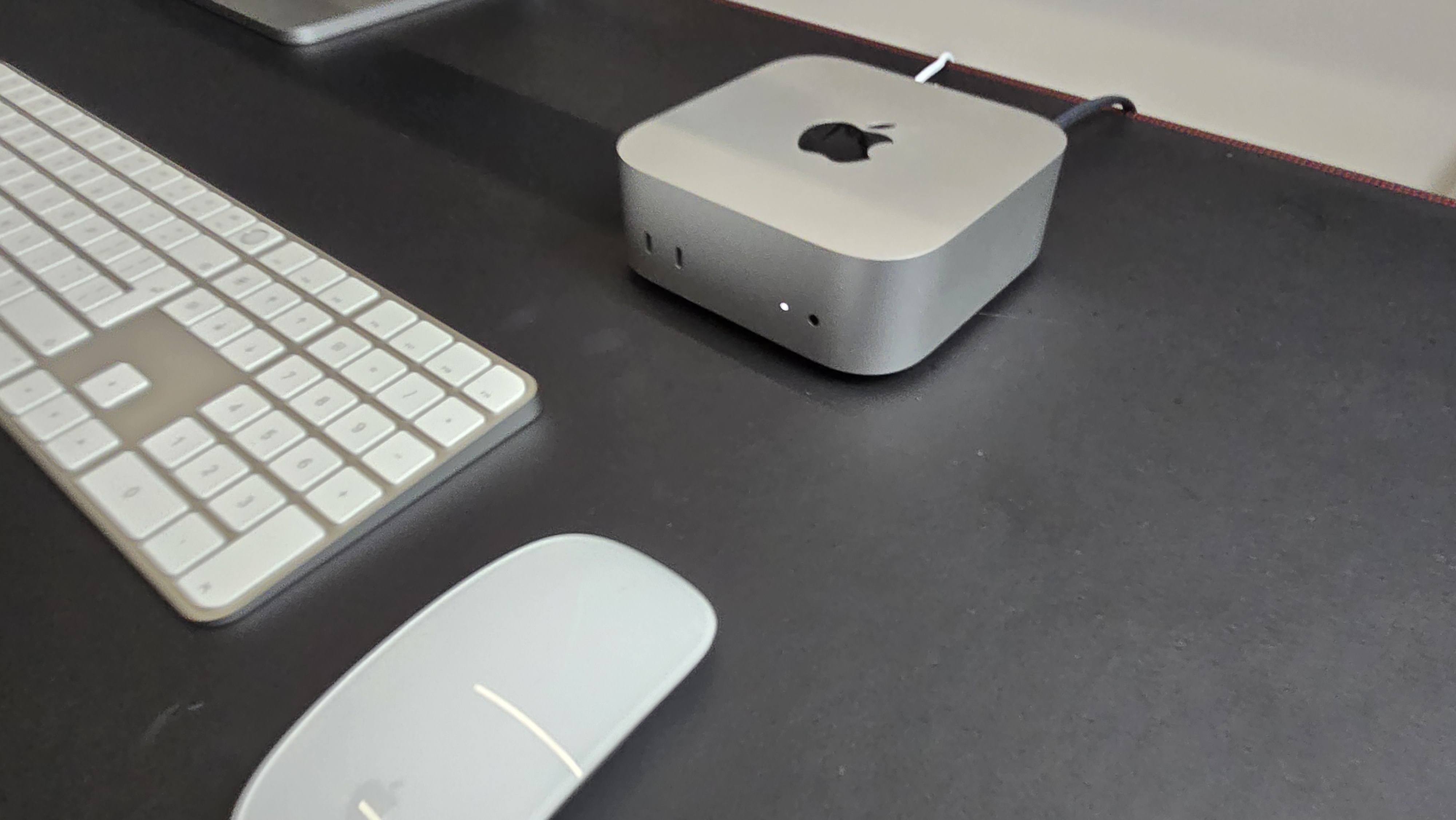
Specifications
Reasons to buy
Reasons to avoid
✅ You want a mini PC that just works: This machine is ideal for anyone who wants to plug, play, create, and work.
✅ You create content: We highly rate the Mac mini for anyone editing photos and videos, alongside running the usual office apps.
❌ You want a Windows machine: The Apple ecosystem isn’t for everyone - especially in the NUC community.
❌ You want a mini PC you can upgrade: Unlike most Windows mini PCs, you don’t have the luxury of upgrading this system at will.
The Apple Mac mini is our top choice for users who want a smooth and powerful computing experience that won’t break the bank.
Since first getting an M-series chip, the Mac mini has been the best mini PC around, and equipped with the latest M4 chipset only makes it even better. This is a device that’s more than capable of everything from productivity tasks to photo and video editing. All on 16GB RAM, amazingly optimized by Apple.
Our expert reviewer used the M4 Mac mini for general office tasks, admin, browsing the web - what I’d call the essentials - and found the device worked perfectly. For 4K video editing in Adobe Premiere Pro and other intensive workloads, the machine still brilliantly kept pace, and remained virtually silent (perfect for shared workspaces). Playing games was fair, too, although you’d never mistake the device for a gaming mini PC. And what about Apple Intelligence? It’s been hyped to the Nth degree, but we found it…fine. It was good, capable, but evidently still in its infancy. One to watch.
But overall, powered by the M4, the Apple Mac mini retains its lead above rivals. For performance, price, and size, there’s just no beating it.
Read our full Apple Mac mini (M4) review
Best mini PC on a budget
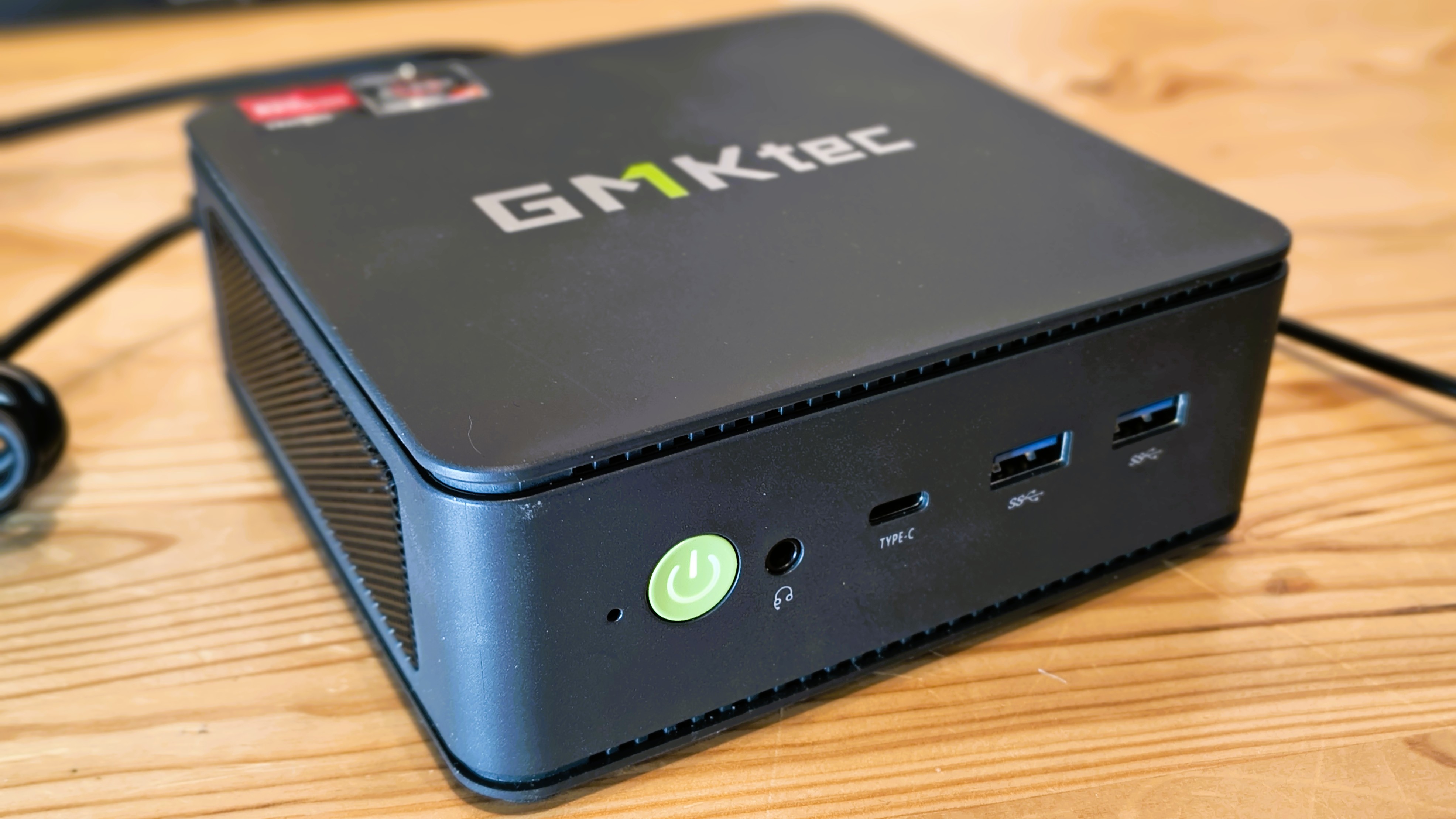
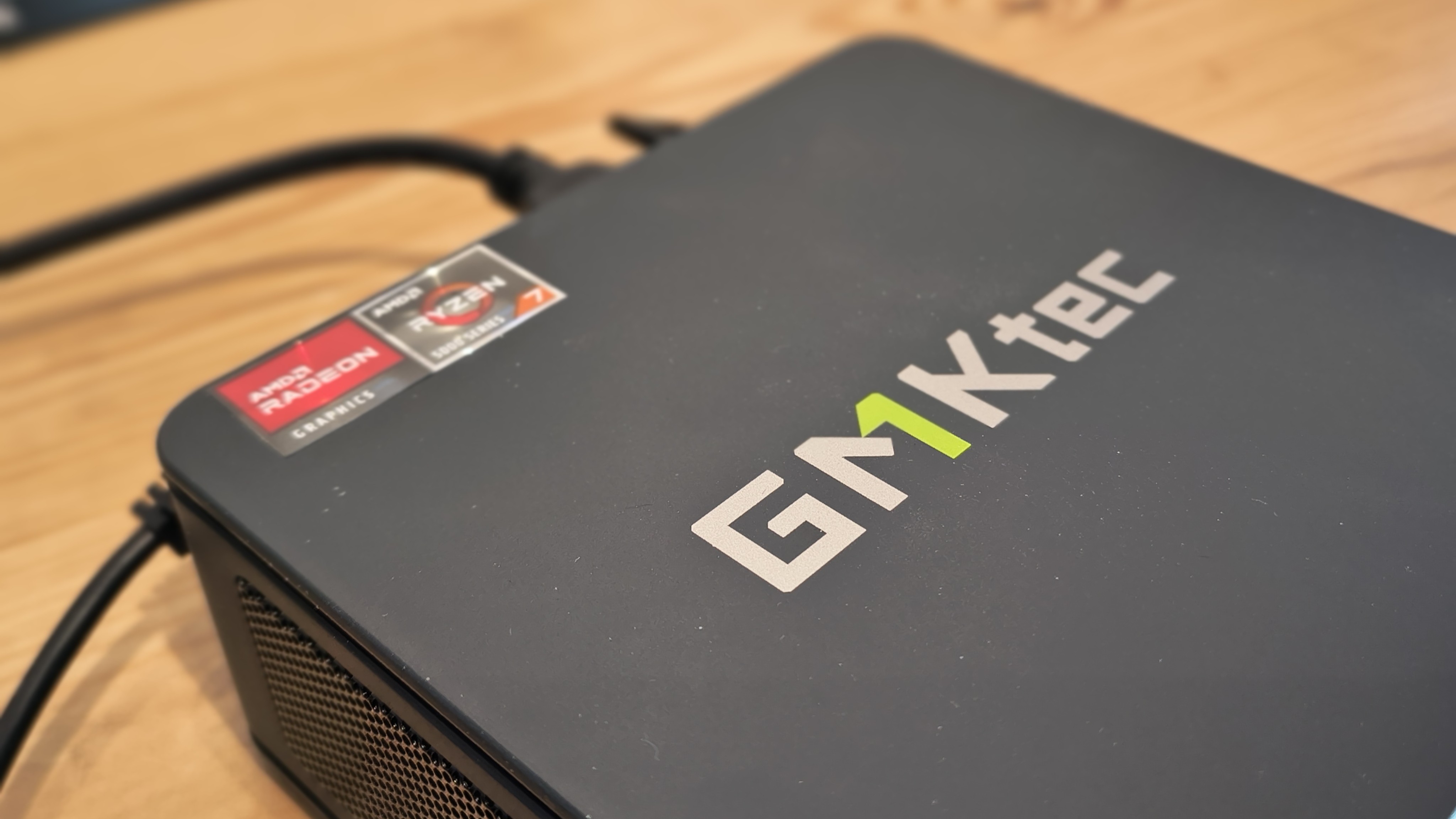

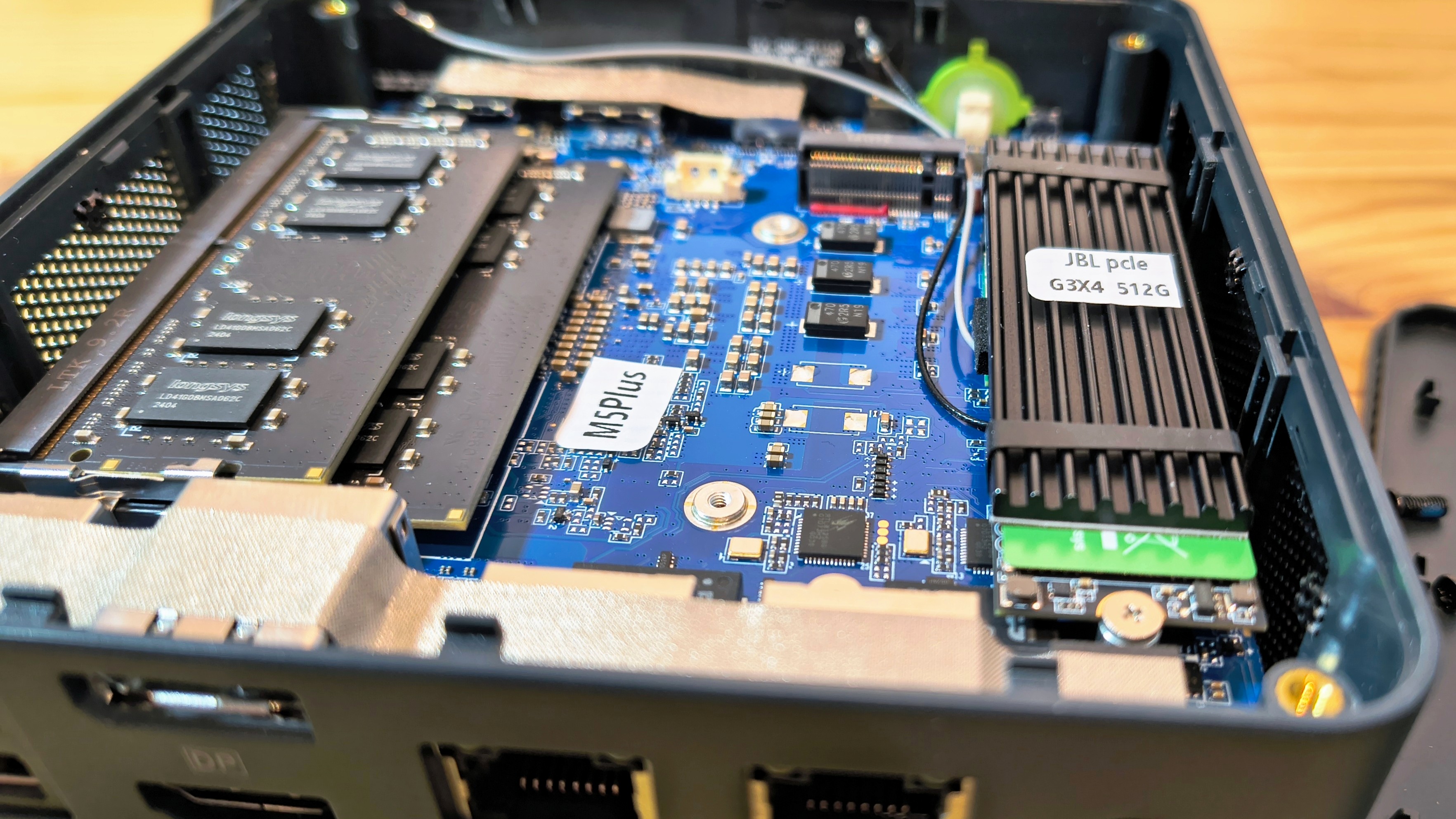
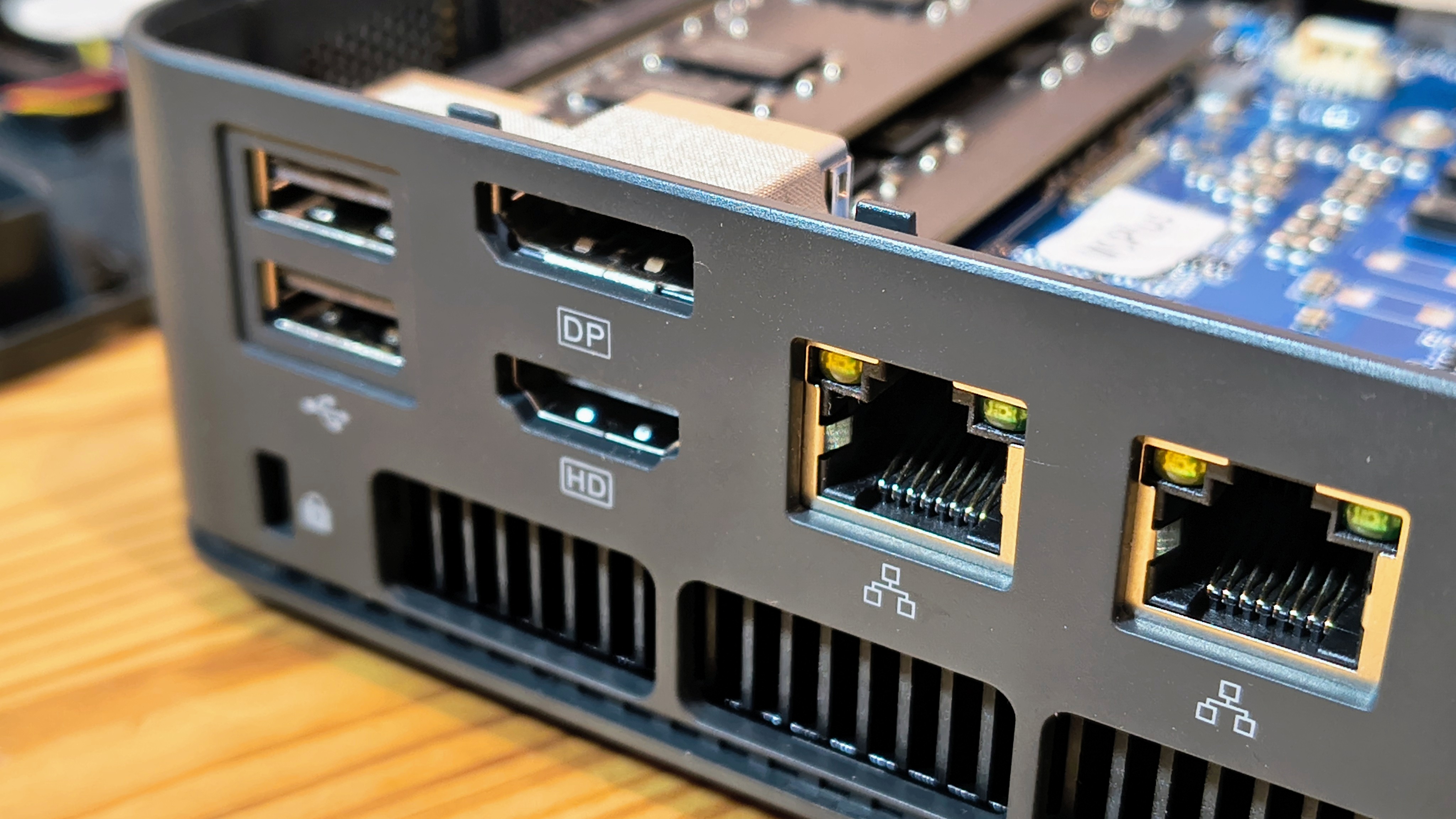
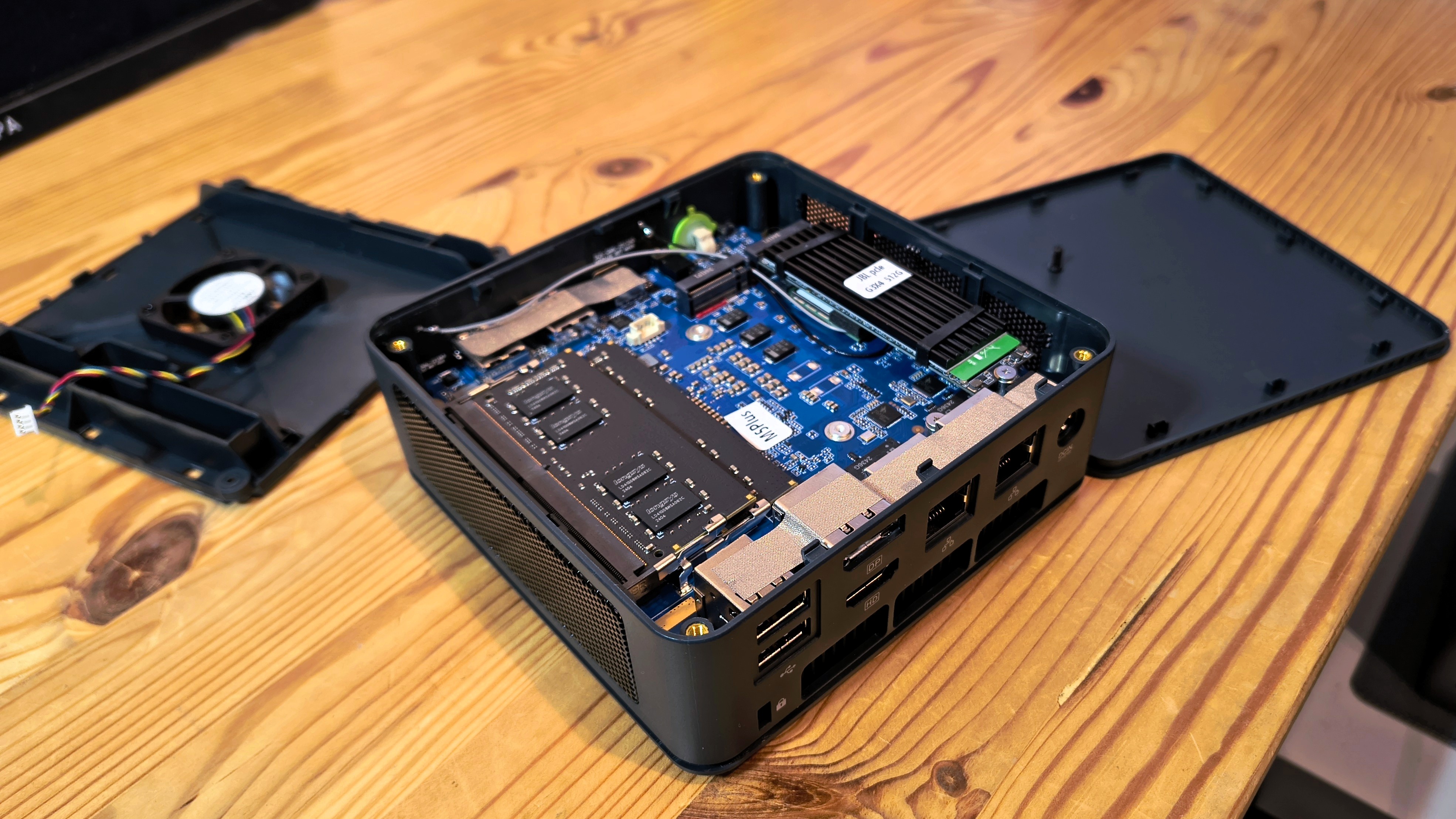
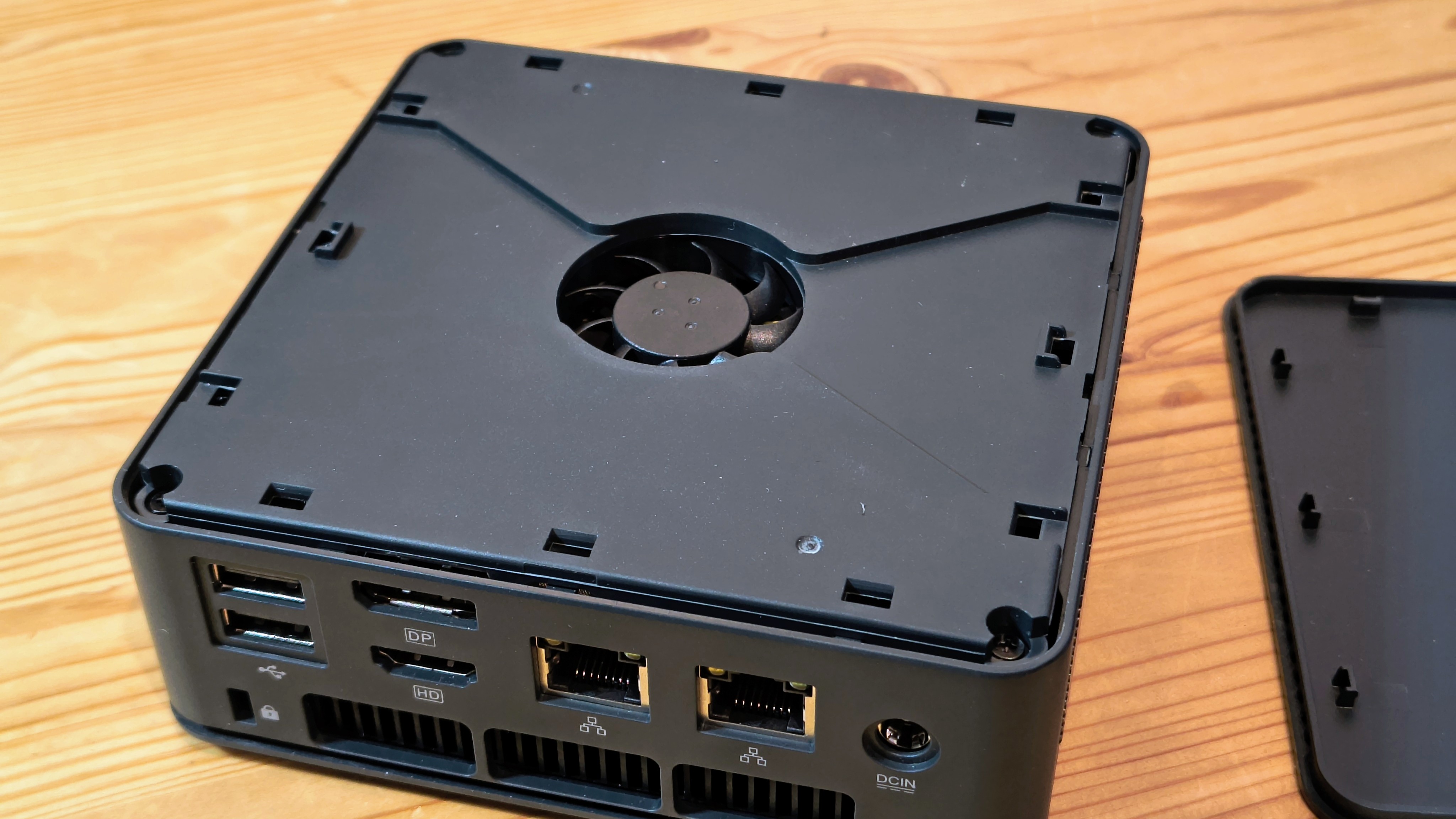
Specifications
Reasons to buy
Reasons to avoid
✅ You want a cheap mini PC with good specs: This model comes with either an AMD Ryzen 7 or Ryzen 9 processor and 16GB RAM.
✅ You want to upgrade: We found the M5 Plus was great for those who want flexibility from their mini PC.
❌ You need a super-cheap mini PC: Depending on your configuration, it’s not the cheapest around, but for the specs, it’s a very reasonably priced performer.
❌ You need USB 4.0 or Thunderbolt: They’re completely absent here, although general port selection remains good.
After an extensive review, we found the M5 Plus from GMKtec to be an affordable mini PC with plenty of positives and relatively few negatives considering the cost.
Available in a range of configurations, from the cheap barebones options to a fully fledged mini desktop running Windows 11 Pro and sporting the AMD Ryzen 7 5825U, 32GB, and 1TB storage. At its cheapest, it retails for around $230 / £190, up to around $400 for the higher-end model - although I’ve seen it regularly discounted.
Speaking of barebones, we were pleasantly surprised with how easy it is to open up the device and get inside - the top of the case can be easily prised away, and the four screws holding everything in place are clearly visible, unlike some we’ve reviewed. For anyone familiar with building PCs, it won’t take more than ten minutes to upgrade the RAM, storage, and reboot the system. For IT professionals, one of the best features here is the dual 2.5GbE LAN ports, making it a great pick for those creating a custom firewall with a suitable Linux distro.
Performance was good overall - in balanced mode, the unit was effectively silent, while the fans did start kicking in when we switched over to performance mode. As a budget mini PC, some corners have been cut. There’s no metal enclosure here (although the plastic casing did a good job of keeping components safe and fans kept everything cool during use). Nor does it feature the latest Ryzen 7 processor, and still has a Radeon Vega 8 GPU. Not one for gamers and power users, then, but for general office and server duties, presentations, and running firewalls, most boxes are ticked here.
For a cheap mini PC, also consider the Beelink U59 (see our Beelink U59 review), which is half the price, but only has an Intel Celeron processor.
Read our full GMKtec NucBox M5 Plus mini PC review
Best mini PC for Windows


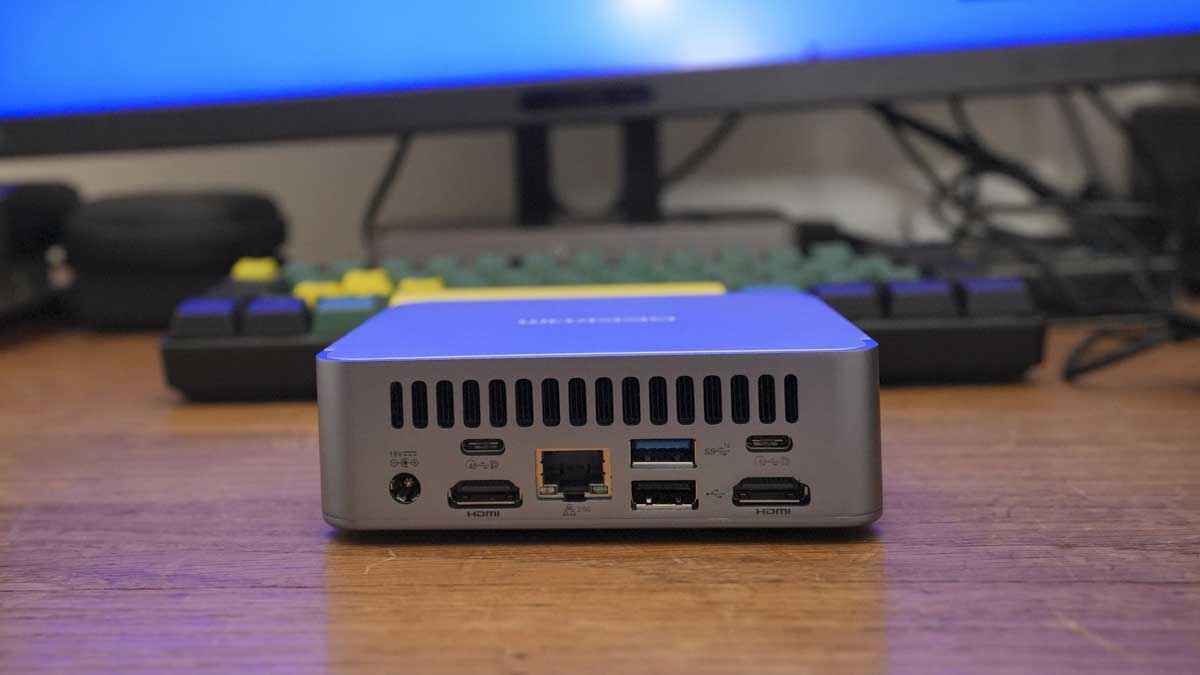
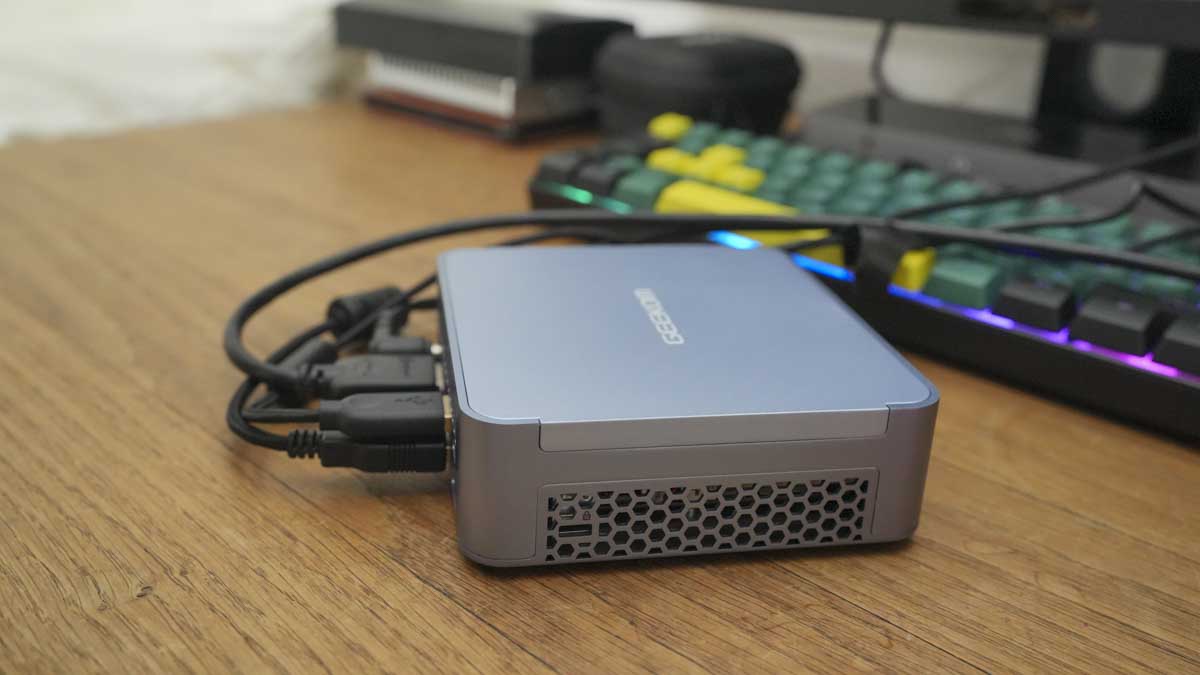
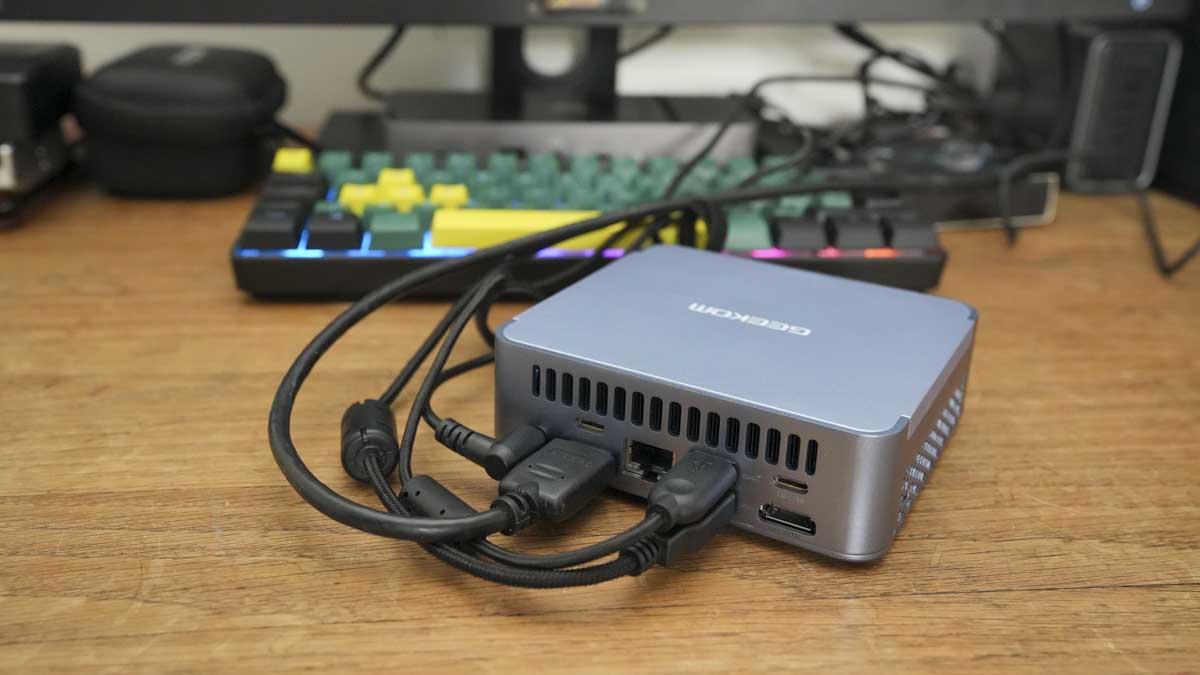
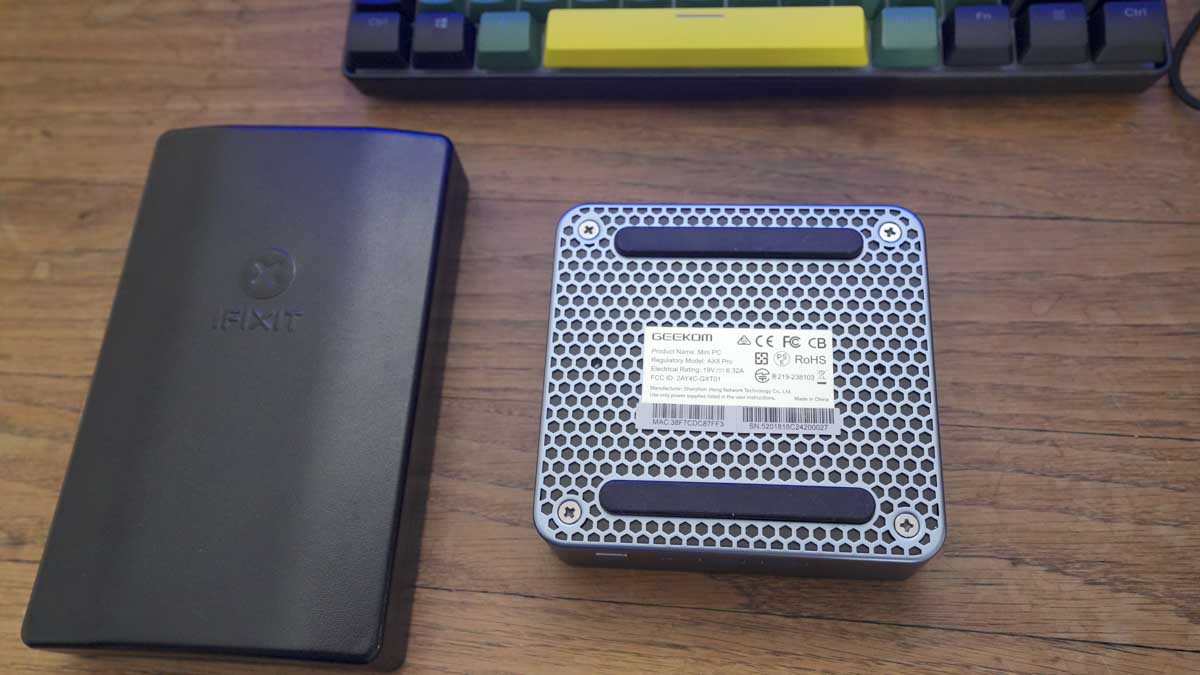
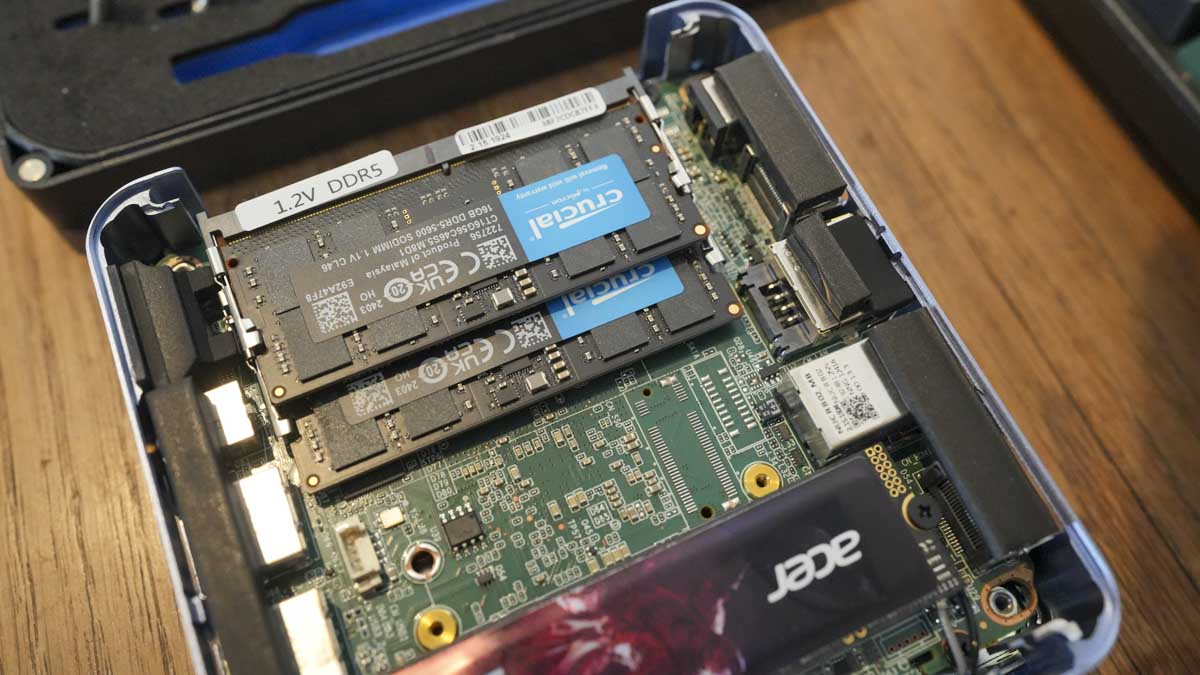
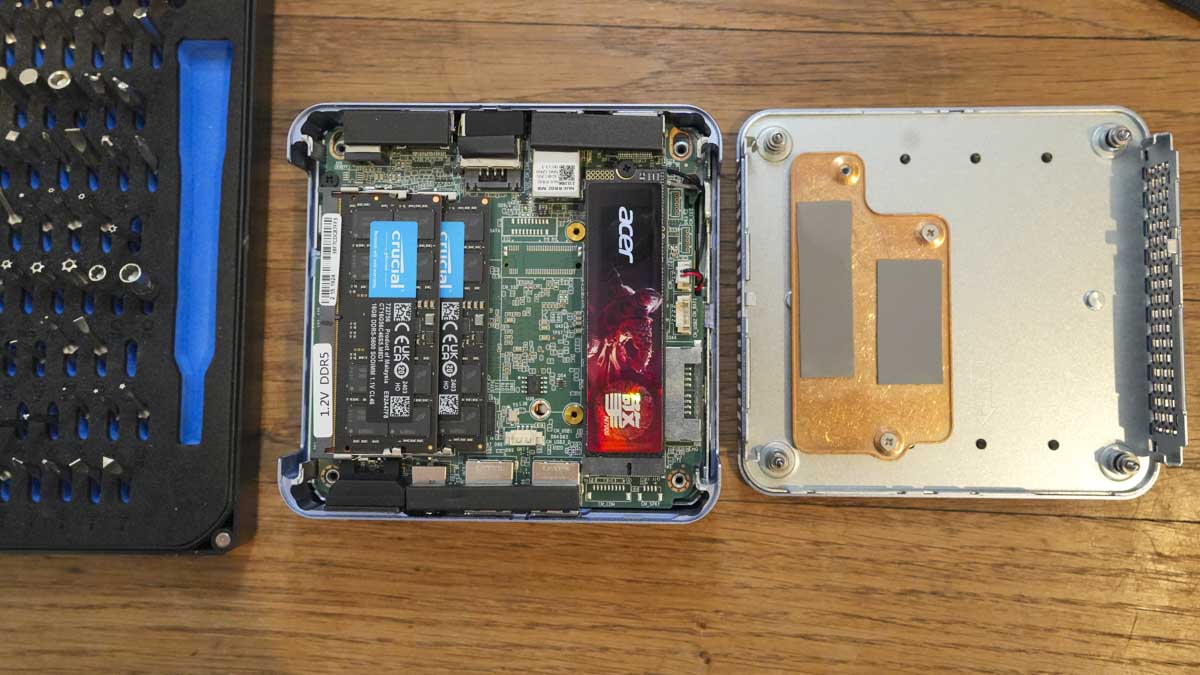
Specifications
Reasons to buy
Reasons to avoid
✅ You want a stylish mini PC with great performance: With an all-metal build, this model feels like true quality compared to others.
✅ You want desktop-like specs: The AX8 Pro comes equipped with AMD Ryzen 9 chip and AMD Radeon Graphics 780M graphics for excellent performance.
❌ You need a mini PC on a budget: With a retail price of around $800, it’s not a cheap device.
❌ You need a dedicated unit for video editing: We noticed a slight lag when editing high bitrate footage in Premiere Pro.
With its all-metal casing, stylish design, and high performance in our tests, the Geekom AX8 Pro is one of the best mini PCs running Windows, and a good pick for those that need a device for all-round use.
Performance across a host of software was impressive, even with apps that usually require extra compute like Photoshop, InDesign, and Premiere Pro. Check out the full review for our benchmark results, but needless to say, with the specs of this unit, it scored well across the board. It even proved solid for gaming - Fire Strike and Time Spy scores, especially for graphics and physics, prove that in medium settings, the AX8 Pro is well-equipped to tackle graphically intensive modern gaming titles.
The inclusion of USB 4.0 and 3.2 ports for connecting external monitors, external GPU, and storage for ultra-fast data transfers makes it suitable for photographers and video editors working with large data files. Having said that, we clocked some slowdown when we attempted to edit 4K video footage with a high bitrate, but nothing that interrupted our general workflow. In general, performance remained smooth and responsive whether conducting creative tasks or running basic office apps.
Under complex workloads, the fans did kick in, but the system remained cool and in any case, we didn’t find them especially loud. Overall, a great all-rounder, ideal for demanding office work and medium creative applications.
Read our full Geekom AX8 Pro mini PC review
Best mini PC for gaming
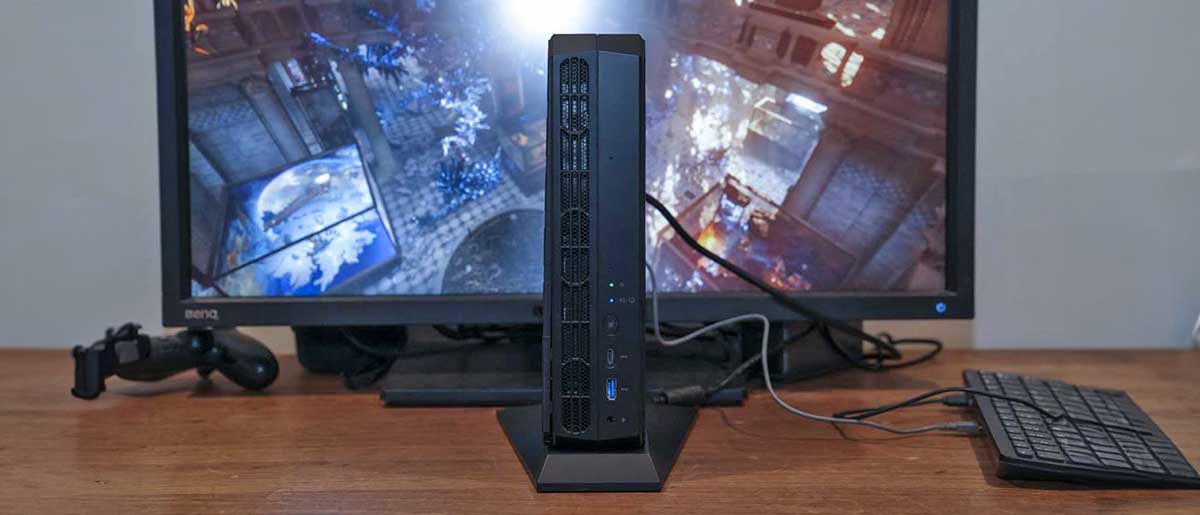
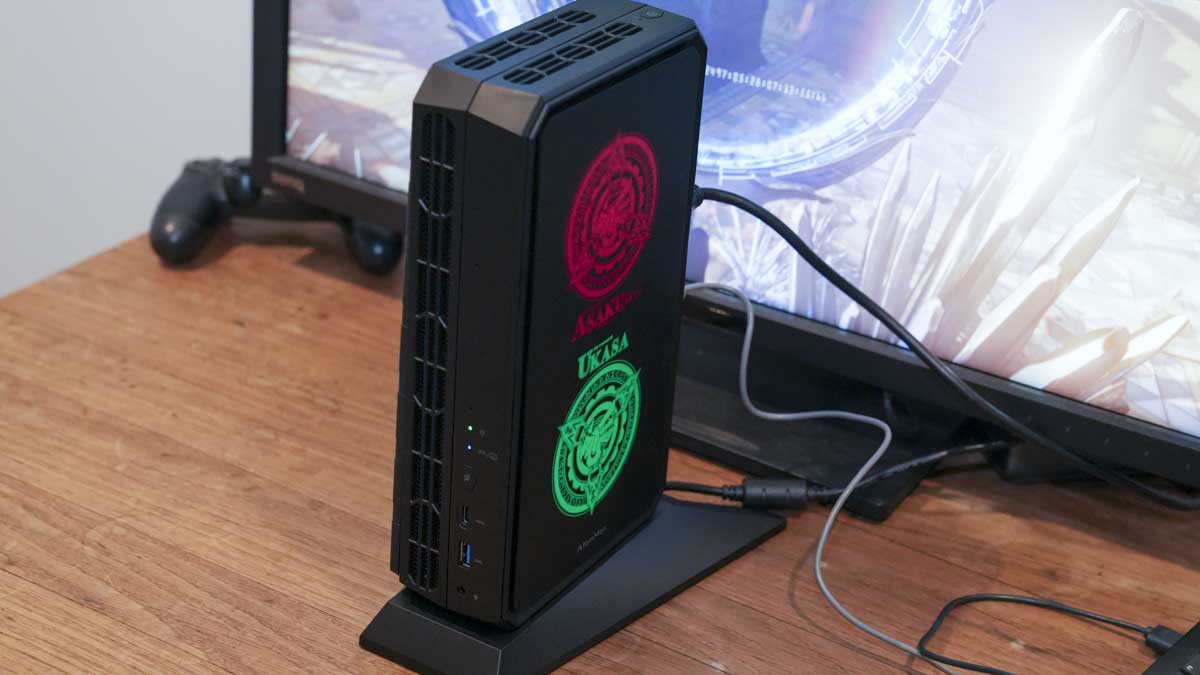
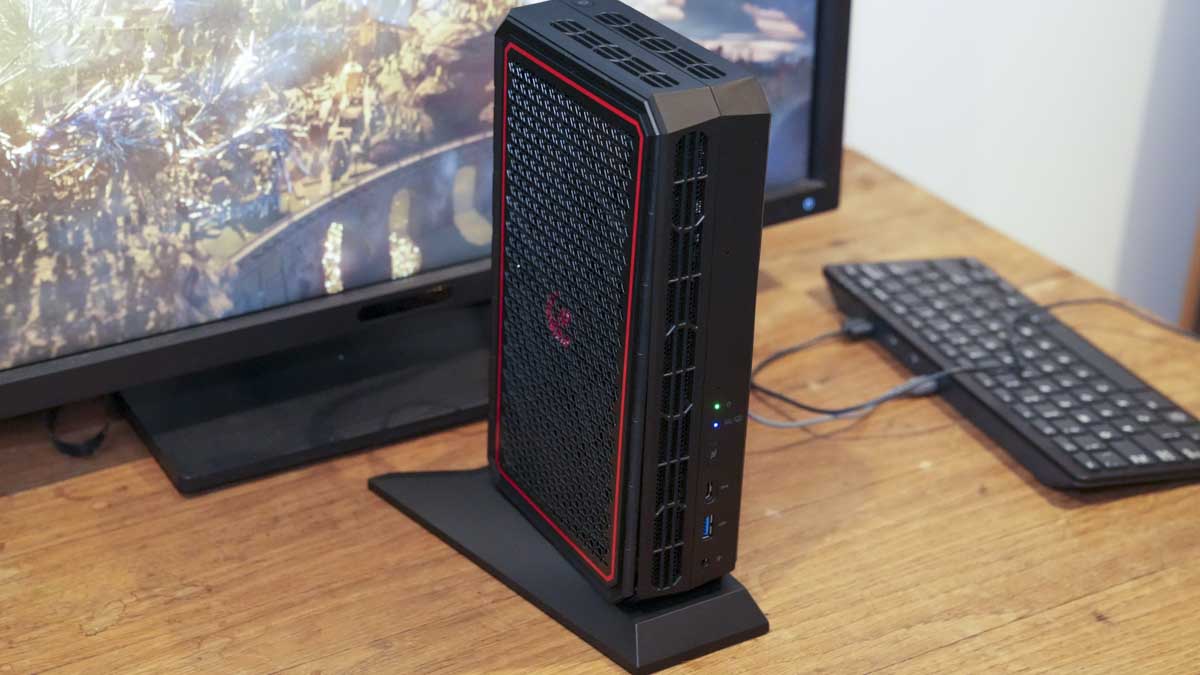
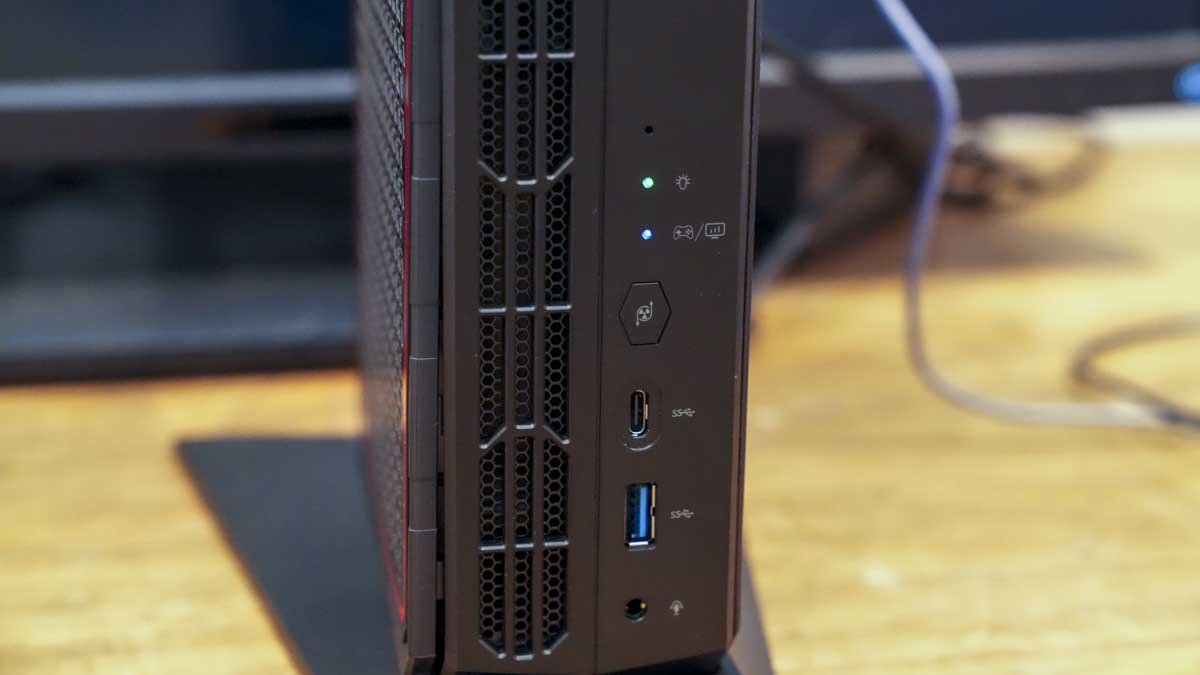
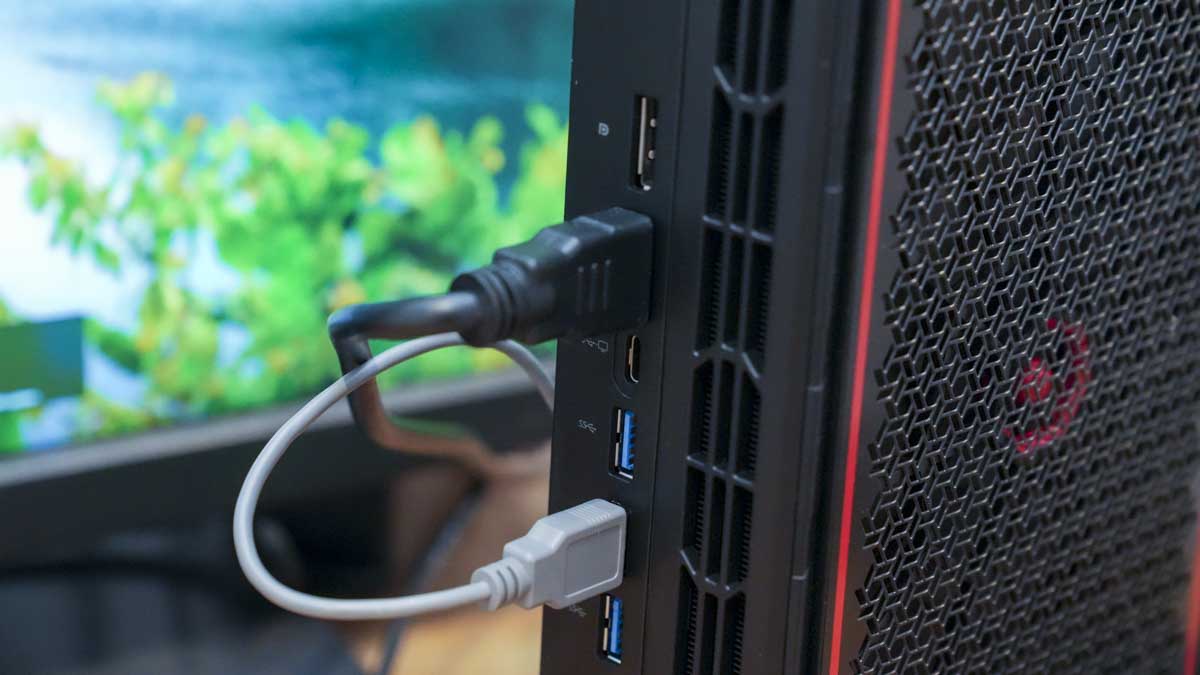
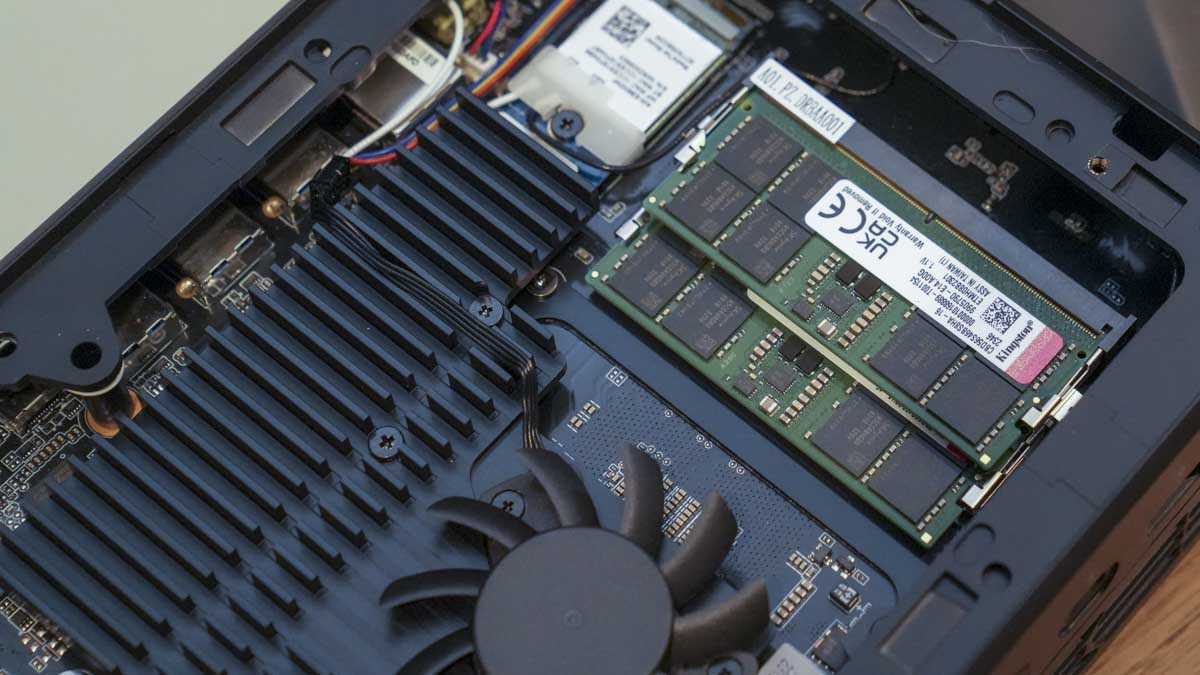
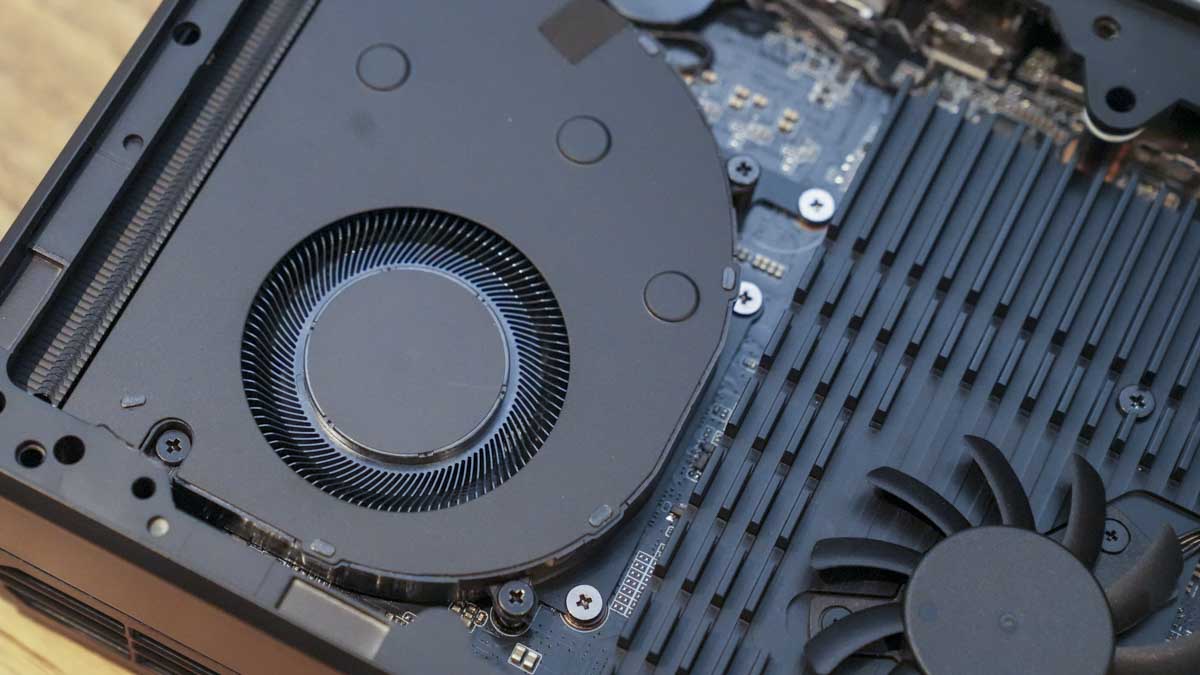
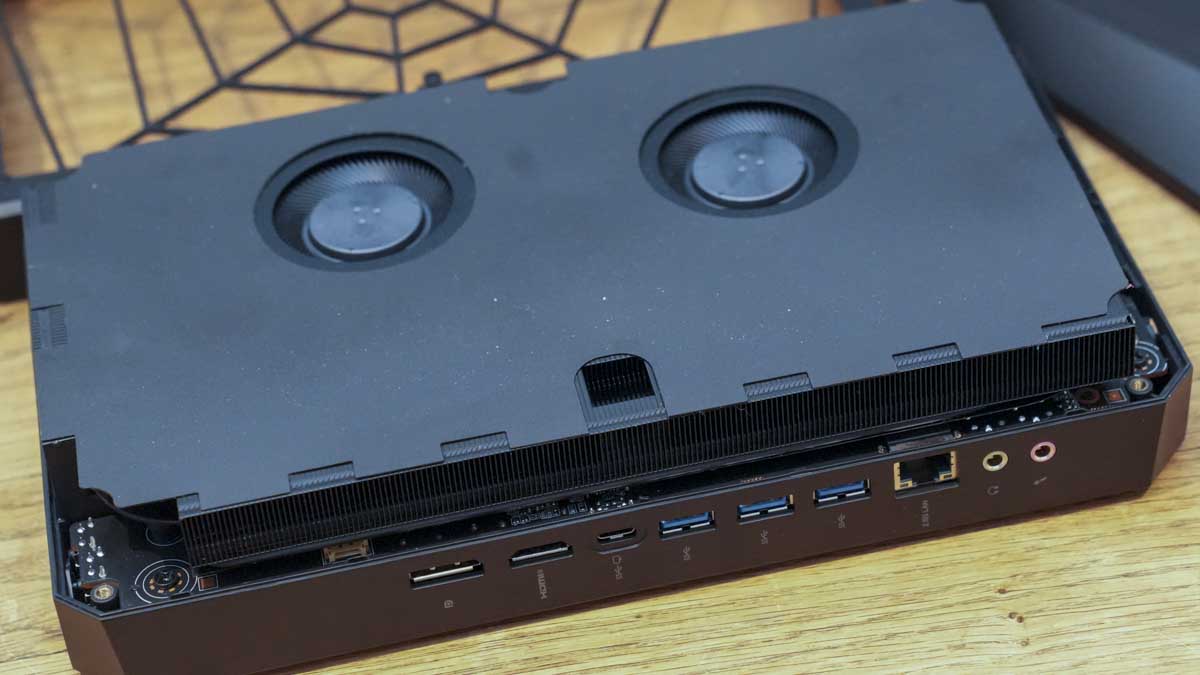
Specifications
Reasons to buy
Reasons to avoid
✅ You want a mini PC for gaming: Looking like a small-form version of a traditional gaming PC, we found the design well-suited for those looking for the gamer aesthetic.
✅ You want a mini PC that will tackle office and content creation: This machine easily powered through office tasks and photo and video editing.
❌ You prefer a subtle design: With its red and black motif emblazoned on the side, it’s anything but subtle.
❌ You need a basic mini PC: Thanks to some high specs and expandability, this is better suited to those that want a performance boost.
Not all mini PCs are capable of handling modern games - but the Minisforum AtomMan G7 PT doesn’t have that problem. We ran the likes of Cyberpunk 2077 and Tekken 8 without any problems at all, and overall we found gaming performance was excellent.
That’s not all it can do, of course - this isn’t a one-trick pony, after all - and the machine also tackled the Microsoft Office suite well, too. Web browsing, word processing, and spreadsheet editing felt smooth. And when we turned our attention to content creation, Photoshop and Premiere Pro both performed well. However, we recommend taking advantage of the USB-C port to attach an external SSD, because there are storage limitations.
Specs-wise, the AtomMan G7 PT features an AMD Ryzen 9 7945HX chip, AMD Radeon RX 7600M XT GPU, and 32GB DDR5 dual-channel memory, which is expandable up to 96GB. You’ll also find a 1TB M.2 2280 PCIe 5.0 SSD slot, with an extra M.2 2280 PCIe 4.0 slot for expanding storage, too.
The design may be more gamer-oriented than a lot of other, subtler mini PCs, but beyond that, we don’t have any real issues with the machine. Alternatively, the Asus ROG NUC 970 is a good 1440p gaming mini PC (see our Asus ROG NUC 970 review) - but it does have a higher price-tag.
Read our full Minisforum AtomMan G7 PT mini PC review
Best mini PC for video editing
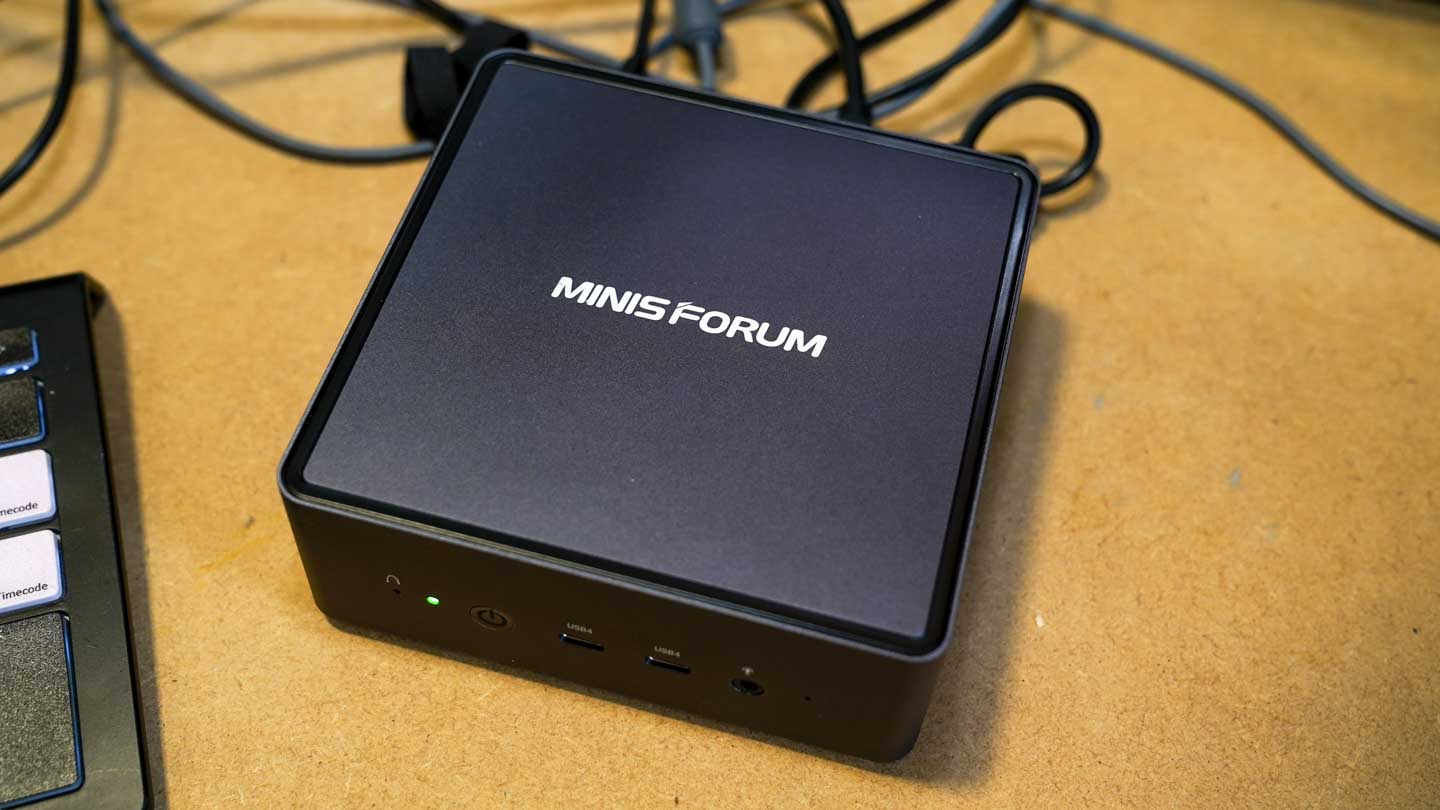
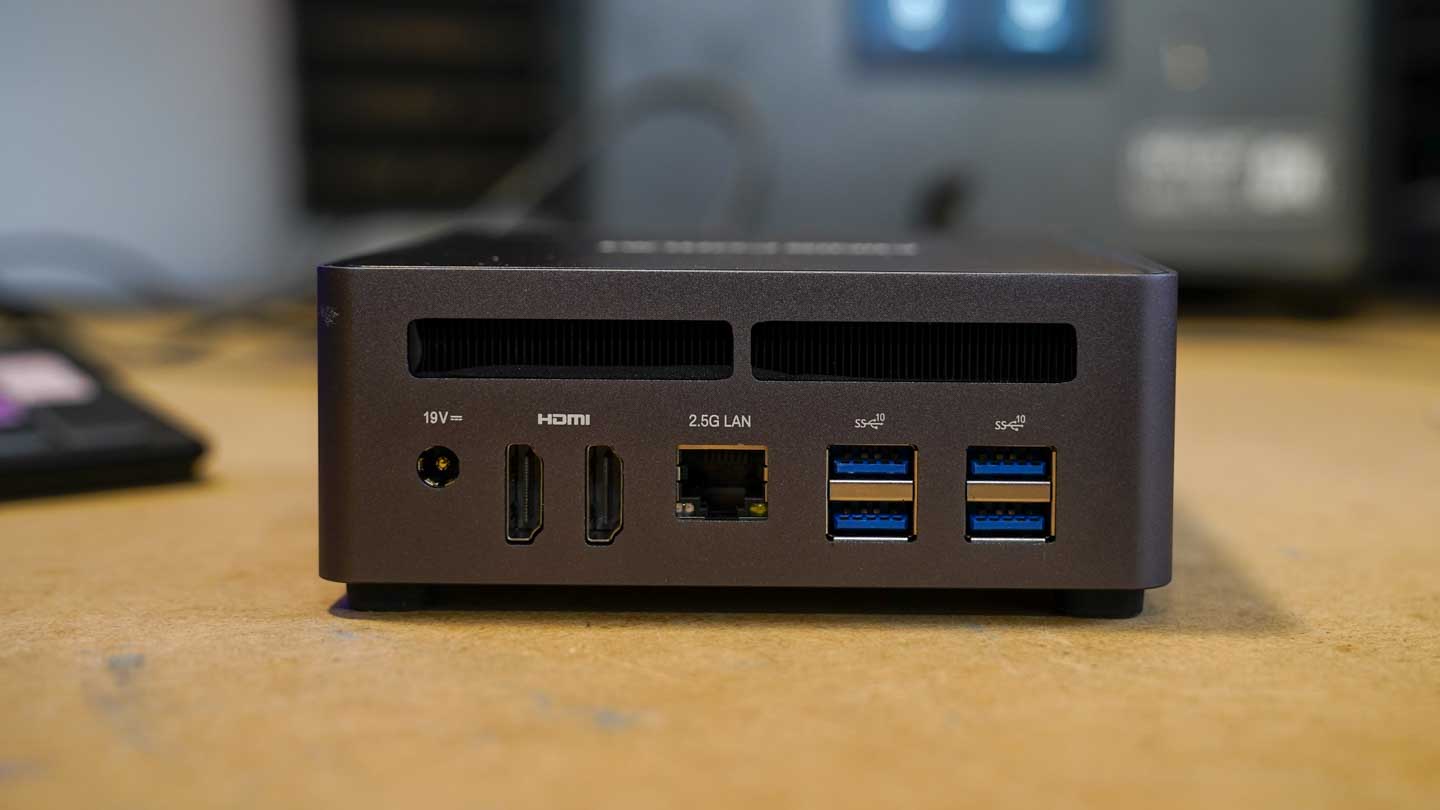
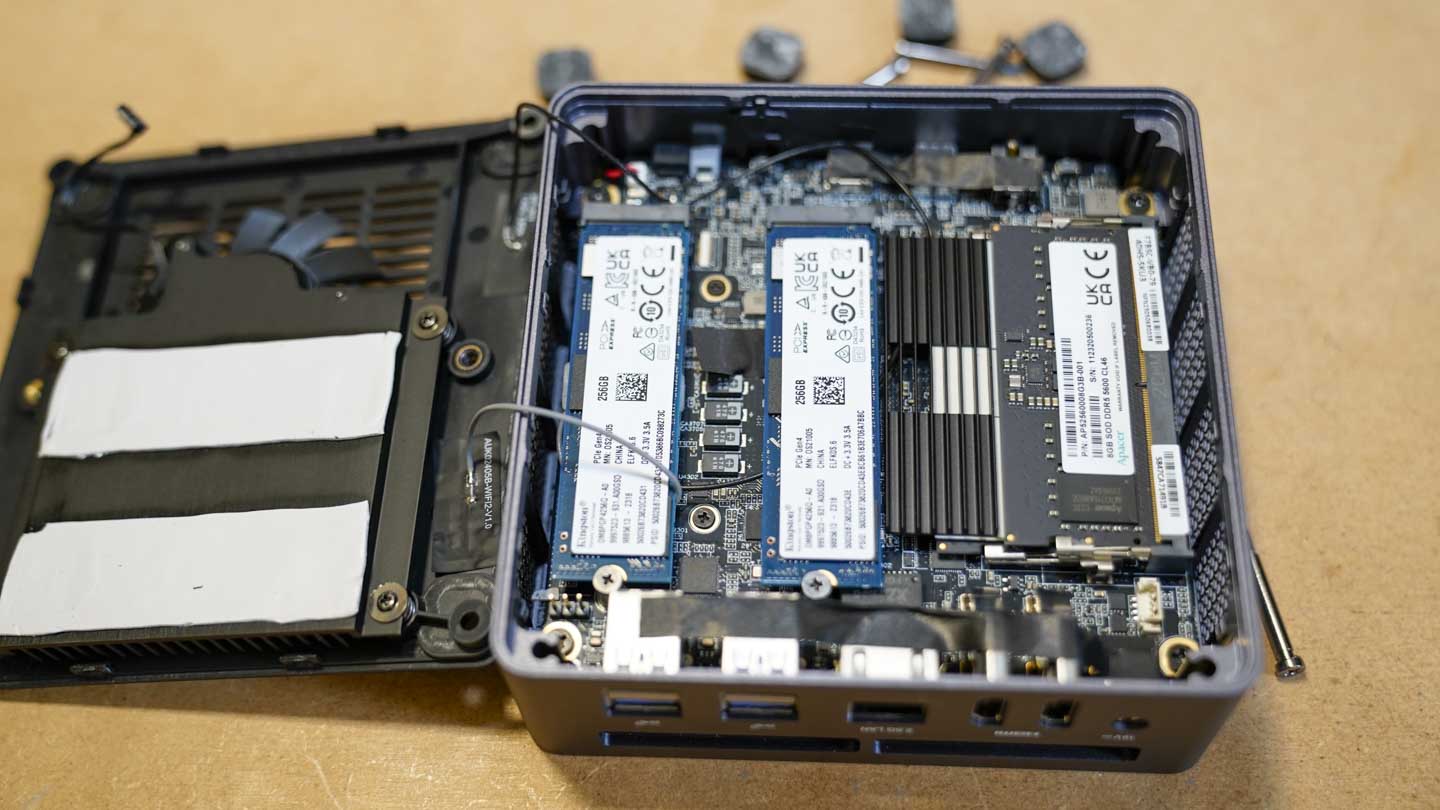
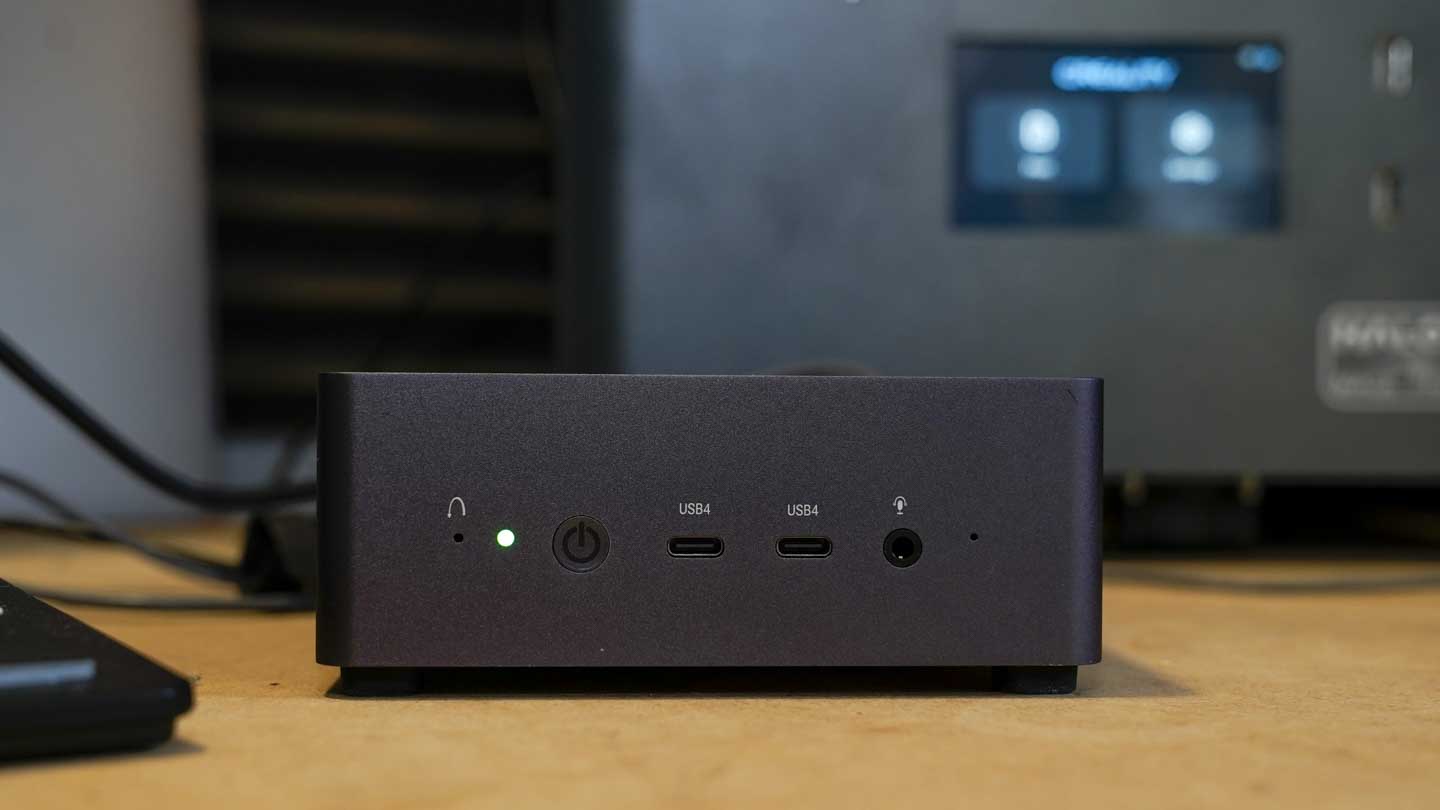
Specifications
Reasons to buy
Reasons to avoid
✅ You want to edit videos: In our tests, we found the Minisforum UM790 Pro tackled 4K editing with ease.
✅ You want a well-specced machine at a reasonable price: Not the cheapest, but for the specifications on offer, it compares well against others on our list.
❌ You just want to run office apps: Although this mini PC will excel at general office usage, it might be overkill for some.
❌ You want a stunner of a device: Frankly, the design here is slightly plain - it won’t be turning heads any time soon.
Impressed by its size and strength, we found the Minisforum UM790 Pro is one of the best mini computers for video editing. Equipped with an AMD Ryzen 9 7940HS CPU and AMD Radeon 780M GPU, in our tests it excelled in processor and graphics-intensive tasks, including gaming and 4K video editing. A number of our recommended mini PCs are up to the task, but compared to the likes of the Apple Mac mini and the AX8 Pro, this model is comparatively well-priced and well-specced, making it a good pick.
For creatives dealing with large files, the machine’s 32GB DDR5 dual-channel RAM (expandable to 64GB) and dual M.2 PCIe 4.0 SSD slots (1TB installed) are well up to the task. Elsewhere, we were pleased with the port selection here, which includes USB 4.0 and HDMI 2.1 for connecting high-res displays. And yes, there’s VESA mounting for those looking to tuck this mini PC away.
During benchmark tests, the UM790 Pro proved to be a solid performer - and those high scores (see full review for more) translated into outstanding real-world performance when we ran Photoshop and Premiere Pro. We could even run games in a medium setting on this mini-beast without any issues.
The design might be plain, but it's practical, emphasizing functionality. While priced in the mid-range for a high-end mini PC, its strong performance and features justify the cost, appealing to those seeking powerful performance in a compact form. Alternatively, we’d recommend the Apple Mac Studio for professional video editors.
Read our full Minisforum UM790 Pro review
Best mini PC for business
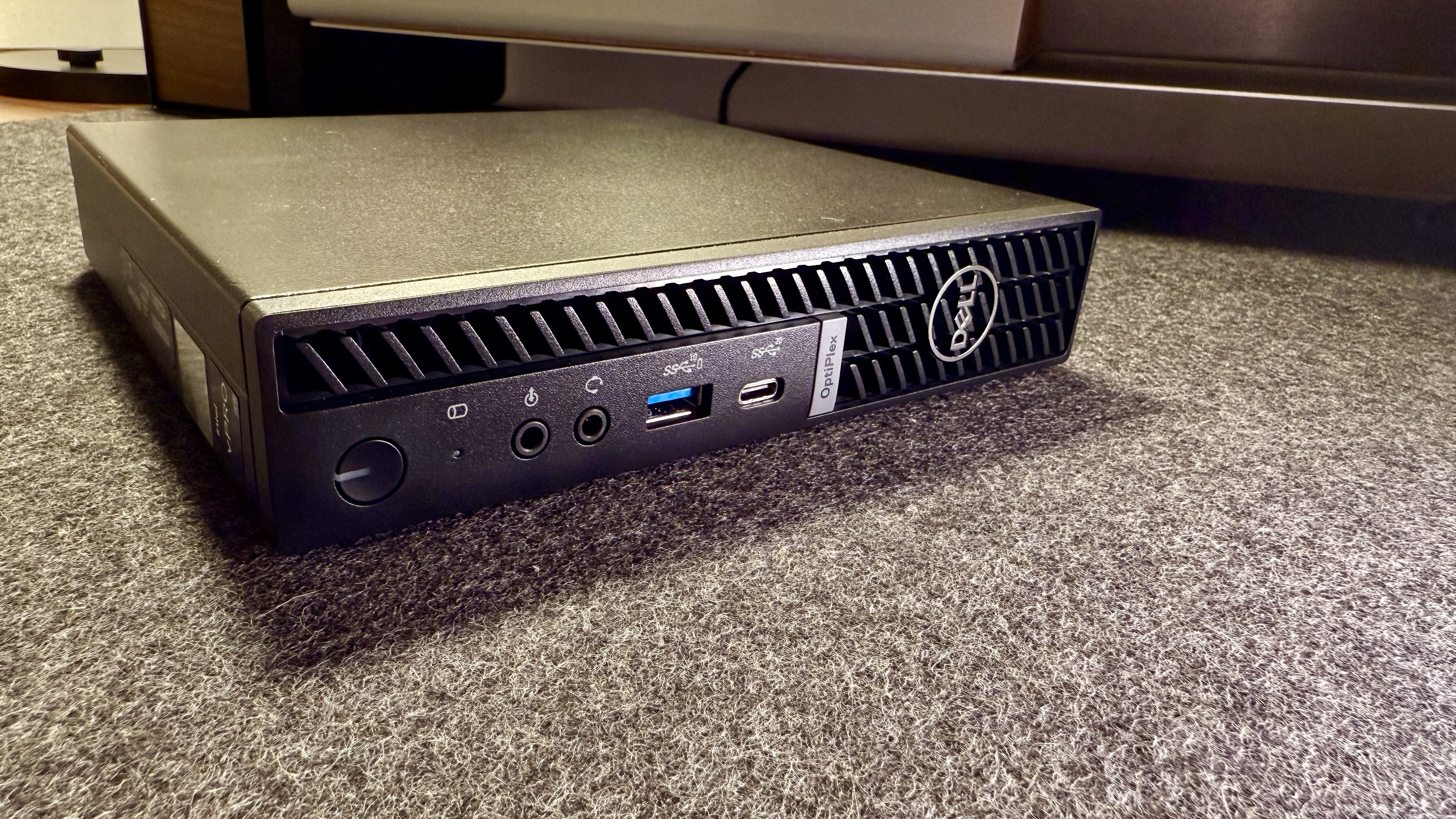



Specifications
Reasons to buy
Reasons to avoid
✅ You want an office-friendly device: Dell bills this as a “high-performance commercial desktop”, and that bears out after our testing.
✅ You want a reliable PC brand: As a recognisable brand, in general, you can’t go wrong with modern Dell products.
❌ You want a cheap mini PC: No matter what way you slice it, this isn’t a budget mini PC by any stretch of the imagination (or wallet).
❌ You need a content creation station: Like many Dell machines, this is better suited to business use than creating professional-grade content.
Well-suited to office environments, the Dell Optiplex Micro Plus 7020 boasts a compact size that belies its power and abilities. It’s worth noting that, after testing, we found this desktop to be designed - almost tailored - to the business use case. It’s not a mini PC for graphics-based projects or heavy workloads and processing.
With that in mind, it performed remarkably well. It capably tackled multi-tasking and ran business apps with absolute ease. We tried it out by opening a multitude of spreadsheets and multiple windows while browsing the web, and saw no noticeable performance issues. Charts, graphs, images were all handled well. While lightweight, build quality feels robust enough to endure life in a busy office, or carried on the commute.
Port selection is where we felt this mini PC was lacking. Yes, there’s the usual array of USB-C ports, three DisplayPorts, but HDMI is an optional extra (we didn’t have one on our review unit). If that’s a deal-breaker, I strongly recommend checking out our Minisforum Venus NAB9 mini PC review, which we found also well-suited to the office environment and has two HDMI ports. We were also disappointed with the built-in 512GB storage, which is far from generous these days, and will likely require an external SSD or cloud storage back-up.
Still, for business-grade performance, the Dell OptiPlex Micro Plus 7020 does everything you’d need it to do, with a couple of configurations bumping the base unit’s Intel Core i5 to Core i7 and switching 16GB RAM to 32GB, for those who need more power.
Save on high-performance laptops and accessories with our latest Dell discounts. Find great deals on tech for work and play.
Read our full Dell OptiPlex Micro Plus 7020 mini PC review
Best mini PC for creators
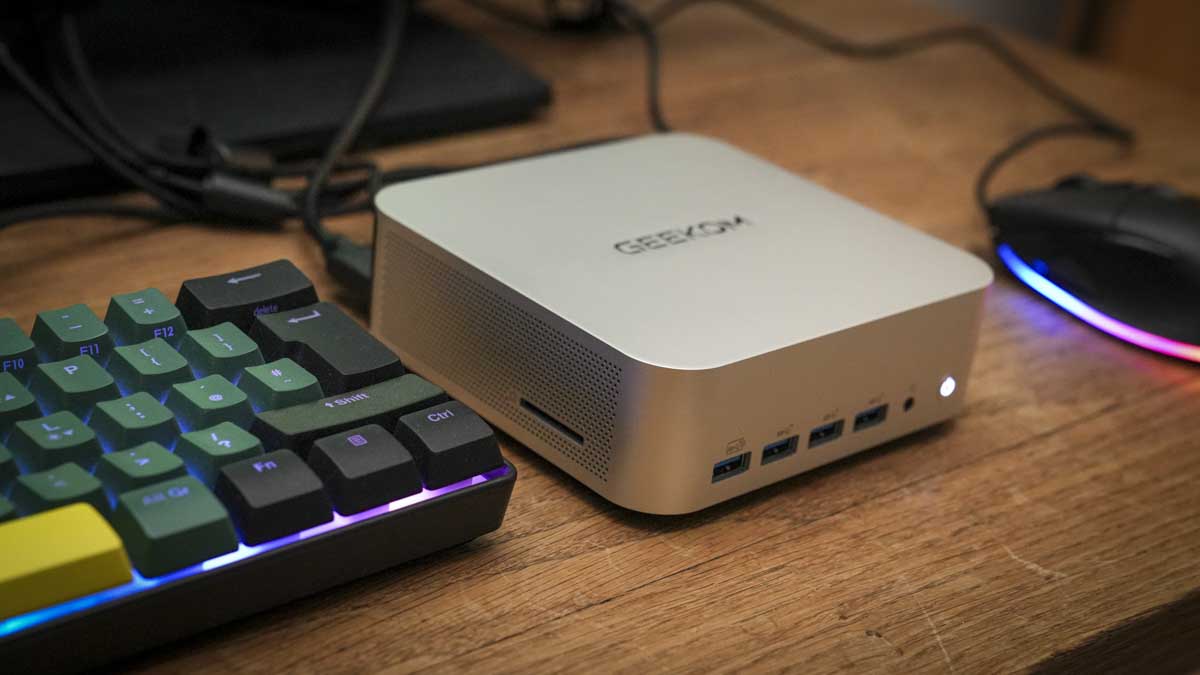

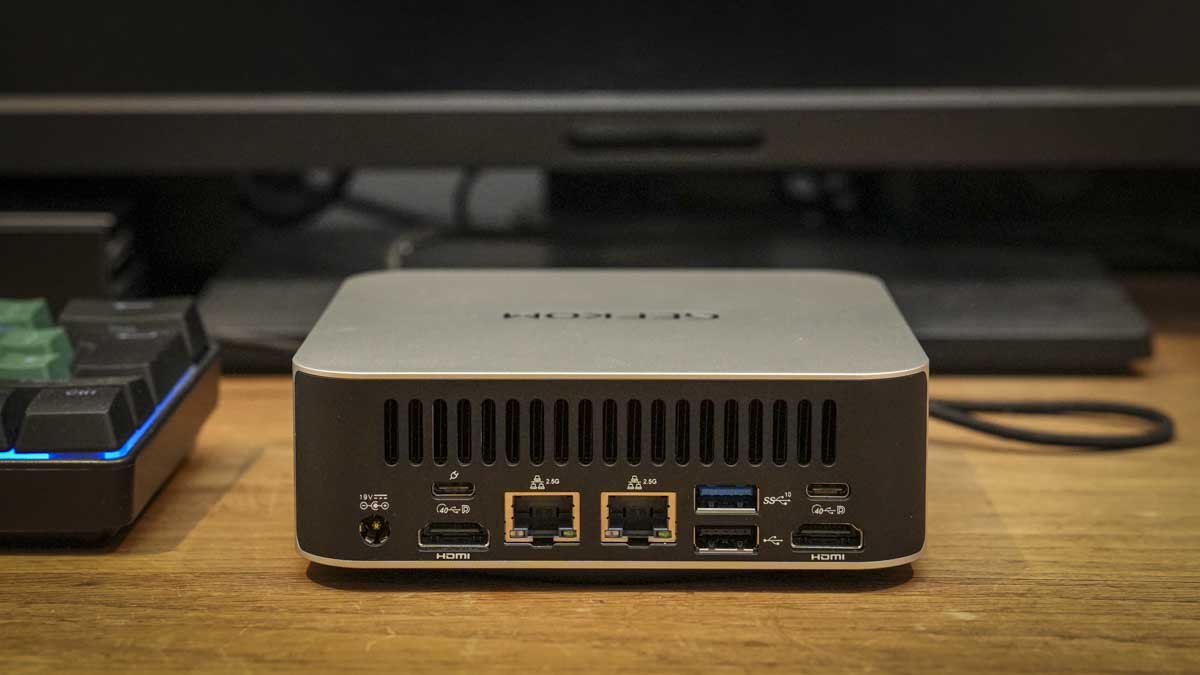
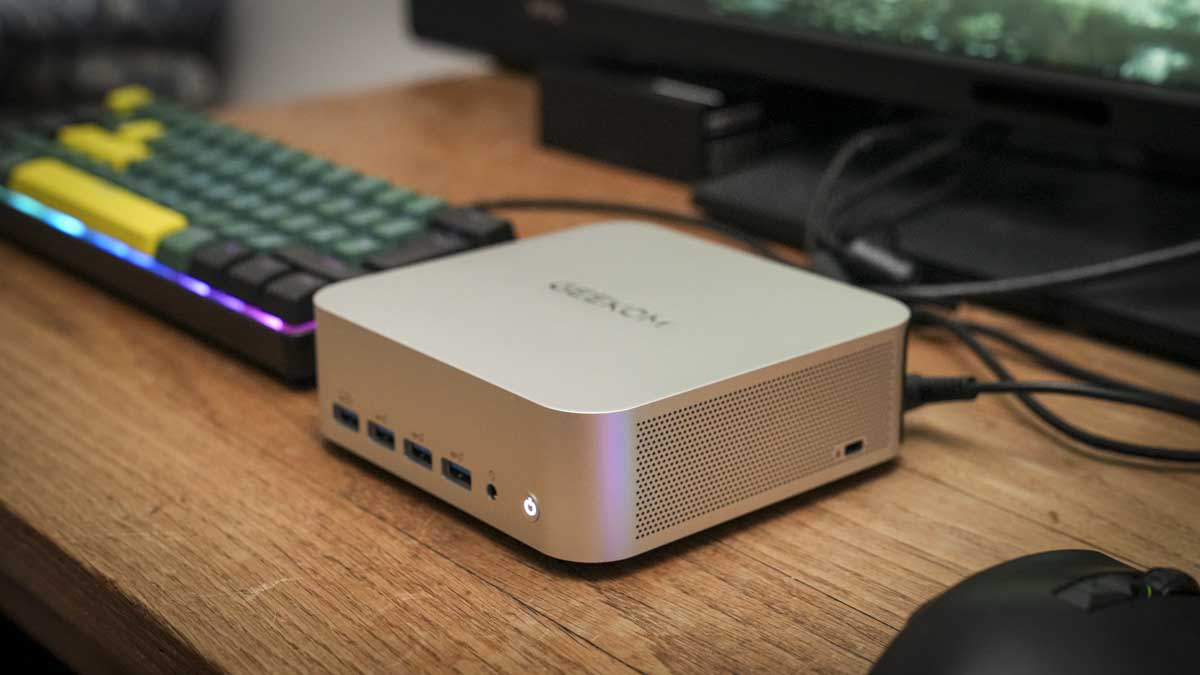

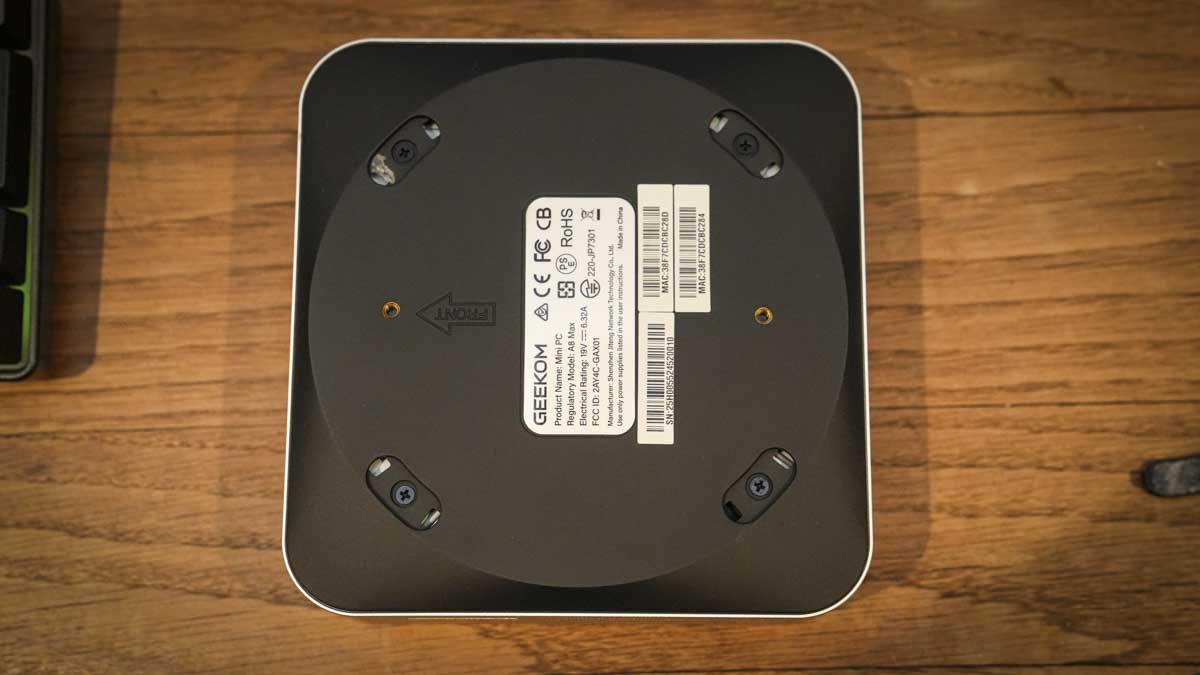
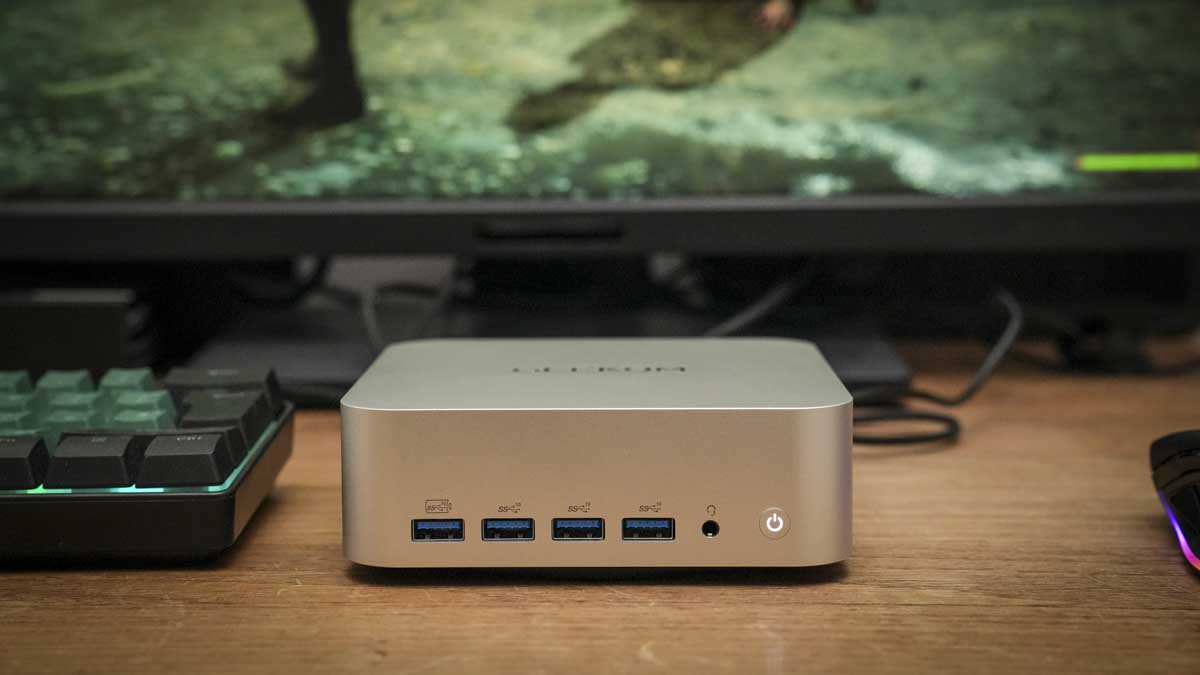
Specifications
Reasons to buy
Reasons to avoid
✅ You want to create all kinds of content: This is a great mini PC for photo editing, video editing in high resolutions.
✅ You want a mini PC that can handle AI: We were particularly impressed with the AI-enhanced CPU when using AI tools in Adobe apps.
❌ You need a silent mini PC: While the fans nicely cooled the system, we did notice some sound when under load.
❌ You only need to run office apps: With these specs, it’s easy to run office software, but honestly, it might be overkill if that’s the only thing you’re doing.
Assuming you’re a content creator avoiding the usual Apple suggestions of the Mac mini and Mac Studio, we really liked what’s on offer from the Geekom A8 Max. In appearance, the Geekom A8 Max is fairly similar to the Mac mini, with its sleek, silver, matte aluminum casing (imitation being the highest form of flattery). But it’s got the specs most creatives will need, even at pro-level.
This mini PC comes equipped with an AMD Ryzen 9 chip with AMD Radeon 780M graphics (A Ryzen 7 variant is available). Rounding out the core specs is a 2TB SDD and 32GB DDR5-5600 MT/s RAM, expandable up to 64GB.
In our benchmark and real-world tests, performance was good. It’s more than capable of running office apps, browsing the web, checking emails - as you’d expect. But it’s also perfectly equipped for editing photos or video editing up to 8K. Overall, we were impressed with the overall performance of the A8 Max - particularly how the AMD AI-enhanced processor handled the AI tasks accessible through the Adobe Creative Suite.
Having said that, with its integrated GPU, it’s still going to struggle to power through any pro-grade 3D modeling or for playing games at max settings. And of course, while it will effortlessly run all your basic office apps and media streaming, if that’s all you’re intending to do, you’ll find cheaper mini PCs capable of doing that.
Overall, though, this one ticks the boxes most general content creators are going to need. Check out our Geekom AE8 mini PC review for a good alternative that’s not dissimilar in specs or design.
Read our full Geekom A8 Max mini PC review
Best mini PC workstation
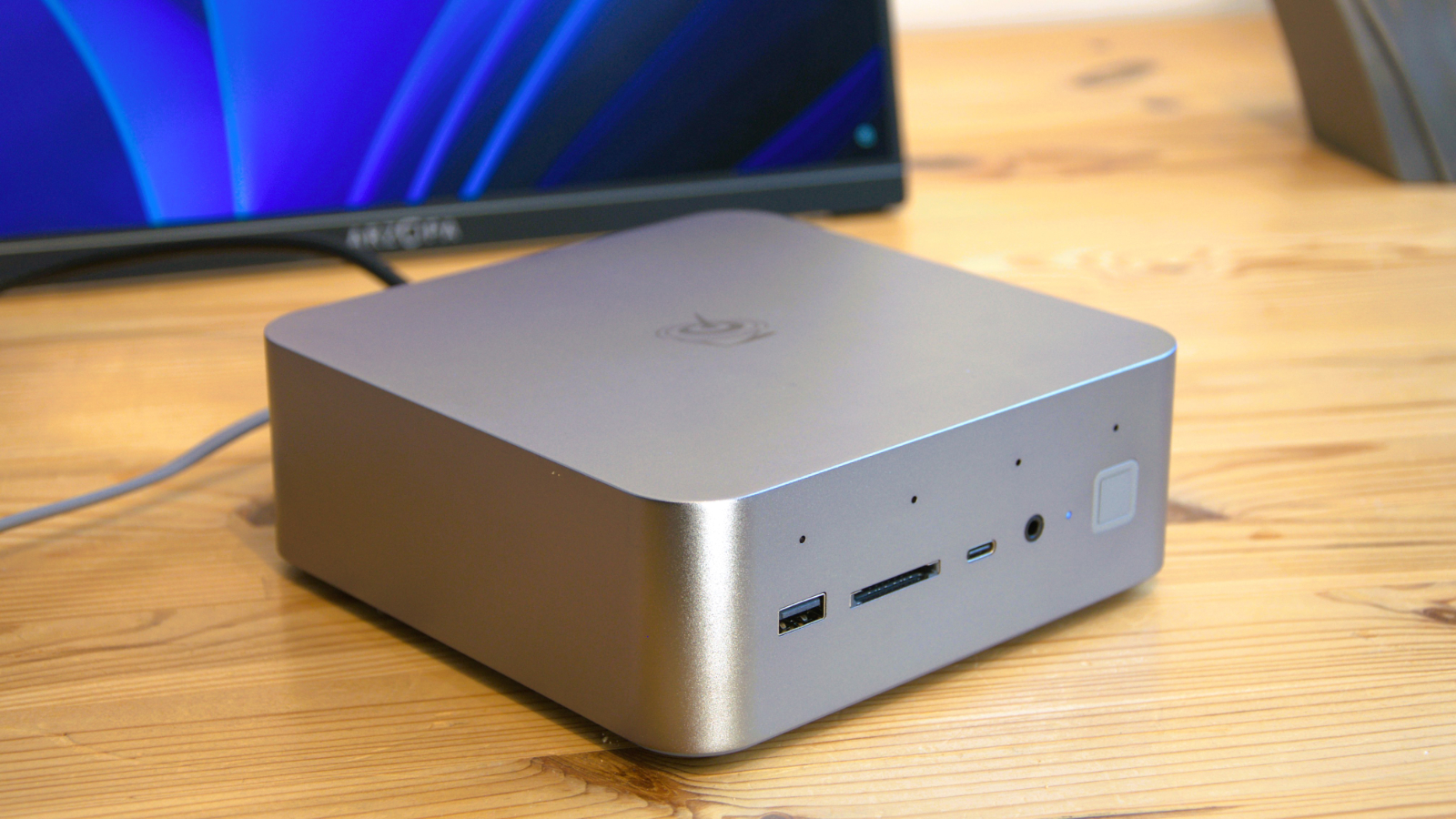
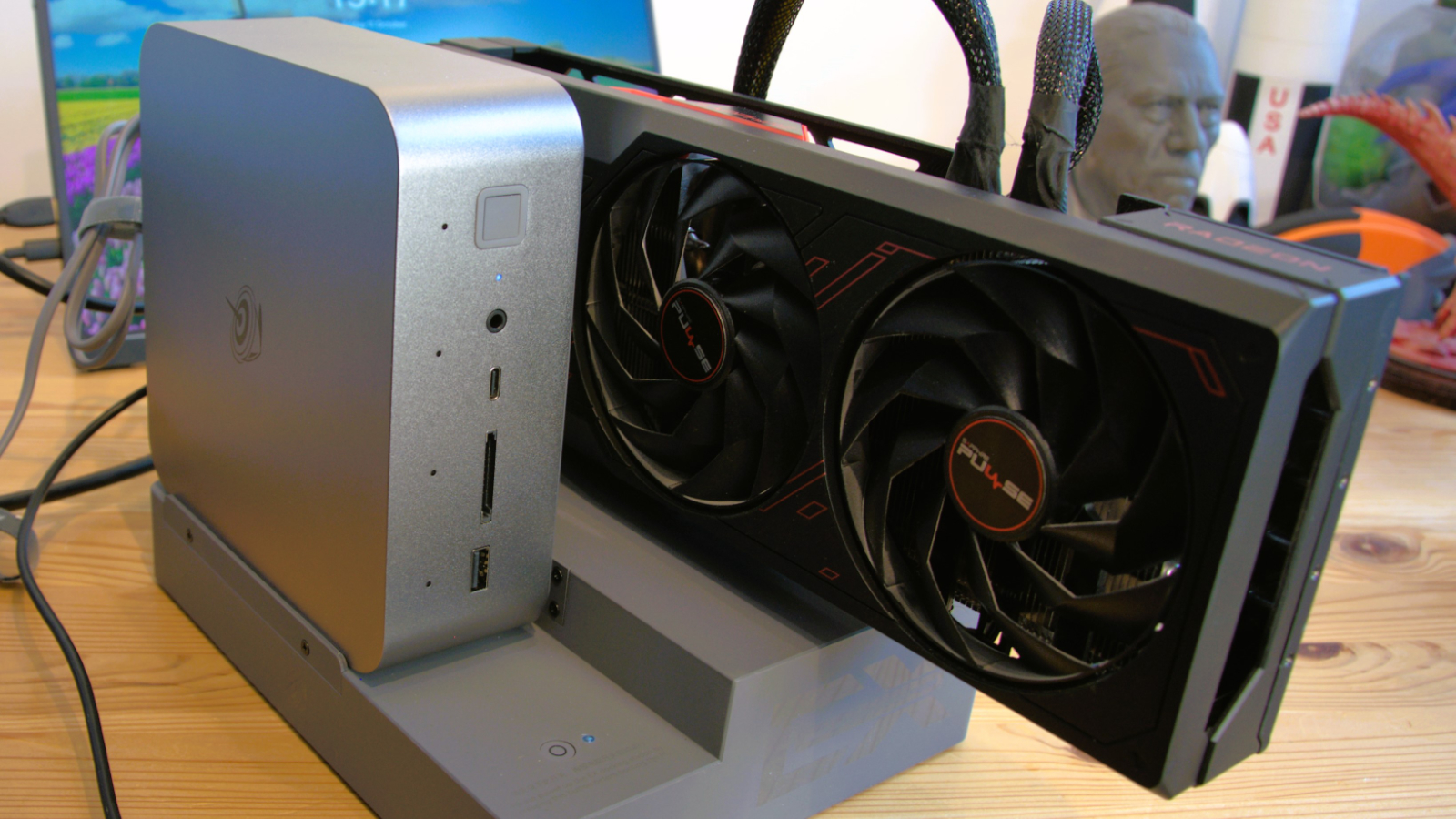





Specifications
Reasons to buy
Reasons to avoid
✅ You want extra power: Combining this mini PC with Beelink’s external dock really gives this device a performance boost.
✅ You want to future-proof the device: With the ability to swap out GPUs in the dock, you can upgrade this mini PC with the latest supported cards.
❌ You need a mini that’s ready to go: If you want to take advantage of the full power of this machine, you’ll need to get the external dock for supported GPUs.
❌ You need a cheap machine for video work: Costs add up here with the device, dock, and separate graphics card - and for that reason, a Mac mini or Mac Studio may be the better option.
Let’s get this straight - if you want the power of a true workstation, you’ll absolutely want to opt for a traditional desktop or even a mobile workstation laptop. But if you’re looking for a compact alternative, then the Beelink GTi12 Ultra with the company's external GPU dock is a good option.
As a standalone device, there’s much to like about this large mini PC, which comes equipped with a Intel Core i9-12900H processor with double the power limit found on most laptops featuring the chip, 1TB SSD, and 32GB RAM expandable to 96GB. And for standard mini PC usage - running servers, office software, streaming media - it proved more than capable in our tests. Build construction also impressed us, the design and engineering perhaps matching the likes of Apple devices (well, almost). Port selection is also good, and includes one Thunderbolt 4 port, five USB-A, and one USB-C.
But this Nuc comes into its own when paired with the optional Beelink Multi-Functional EX Docking Station, letting you connect and power an external GPU. This ability to hook up PCI cards is, at present, the most unique approach we’ve seen to beefing up the specs of a mini PC. We paired the device and dock with a Sapphire RX 7900 graphics card and benchmark testing showed it had about twice the speed of a mobile workstation like the Dell Precision 7780 with an Nvidia RTX 3500.
Costs will begin to stack up here, as you’ll need to buy the mini PC, the dock, and an external graphics card. So, for those on a budget, it’s not going to be suitable. Nor can it really compete with the latest workstations with the highest-spec components. We should also note the dock only supports dual-slot video cards, so not every card will fit. But if you want a well-constructed mini PC with a graphics boost, it’s worth exploring.
Read our full Beelink GTi12 Ultra mini PC review
Best mini PC for small spaces
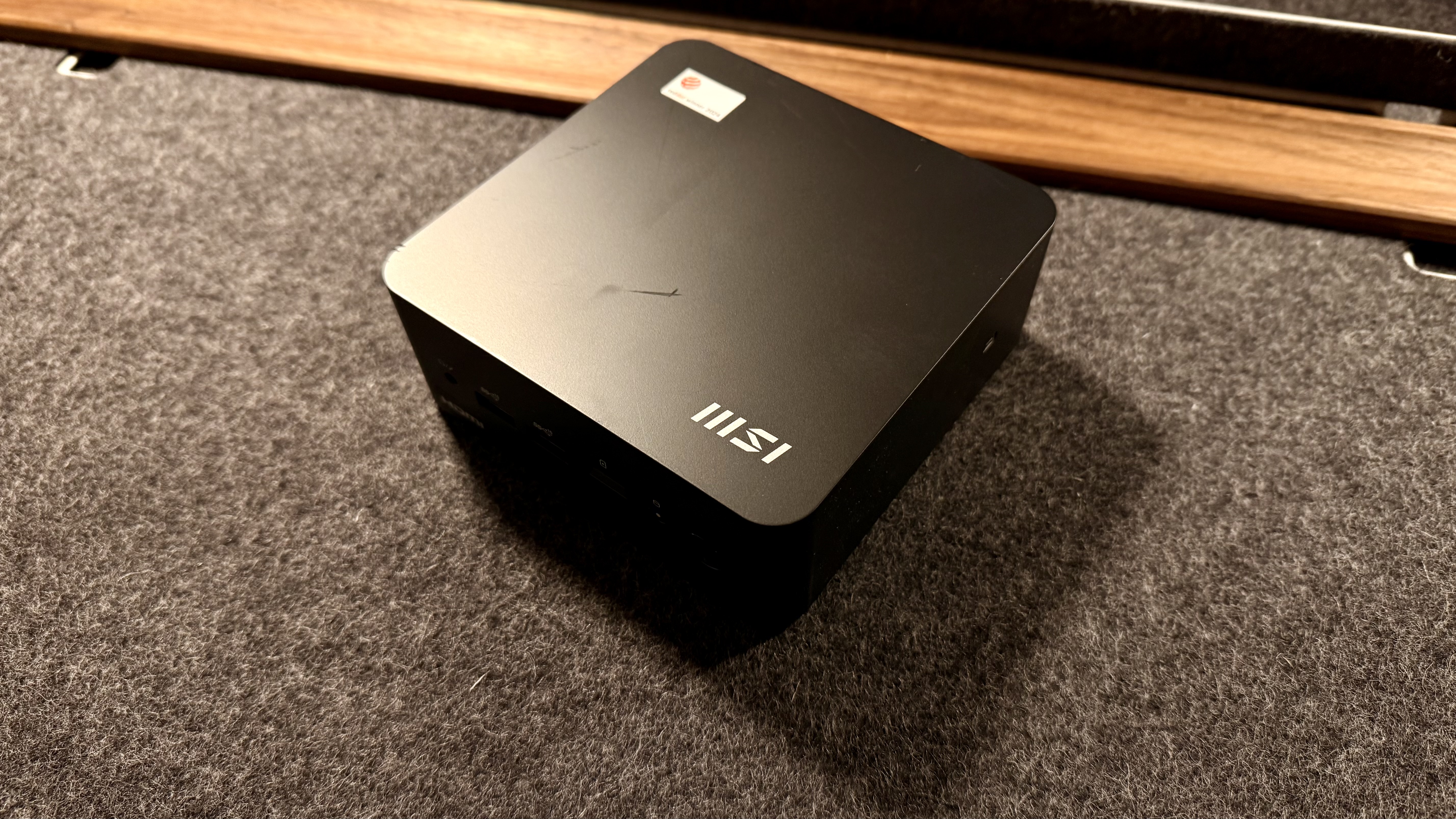
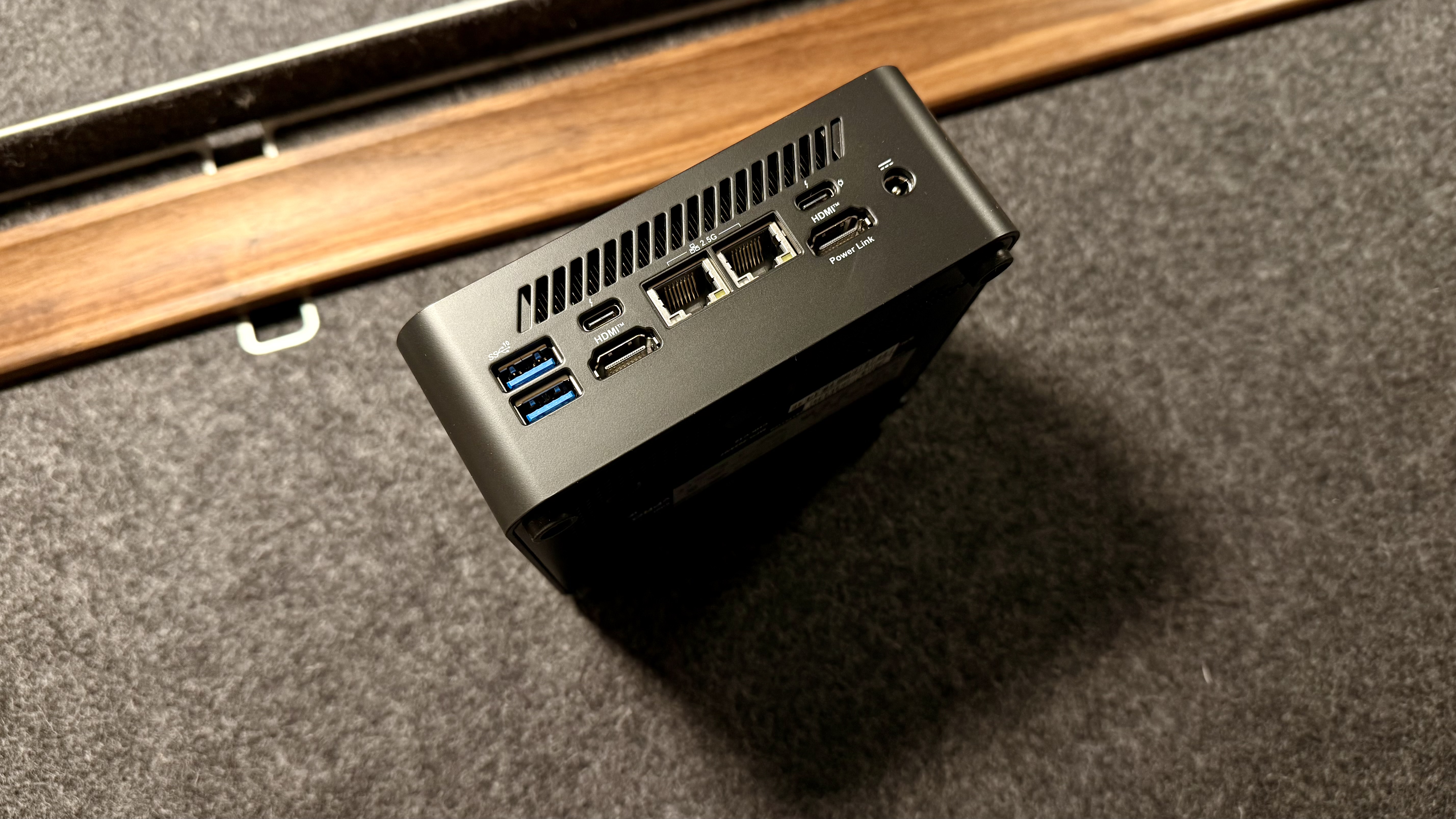

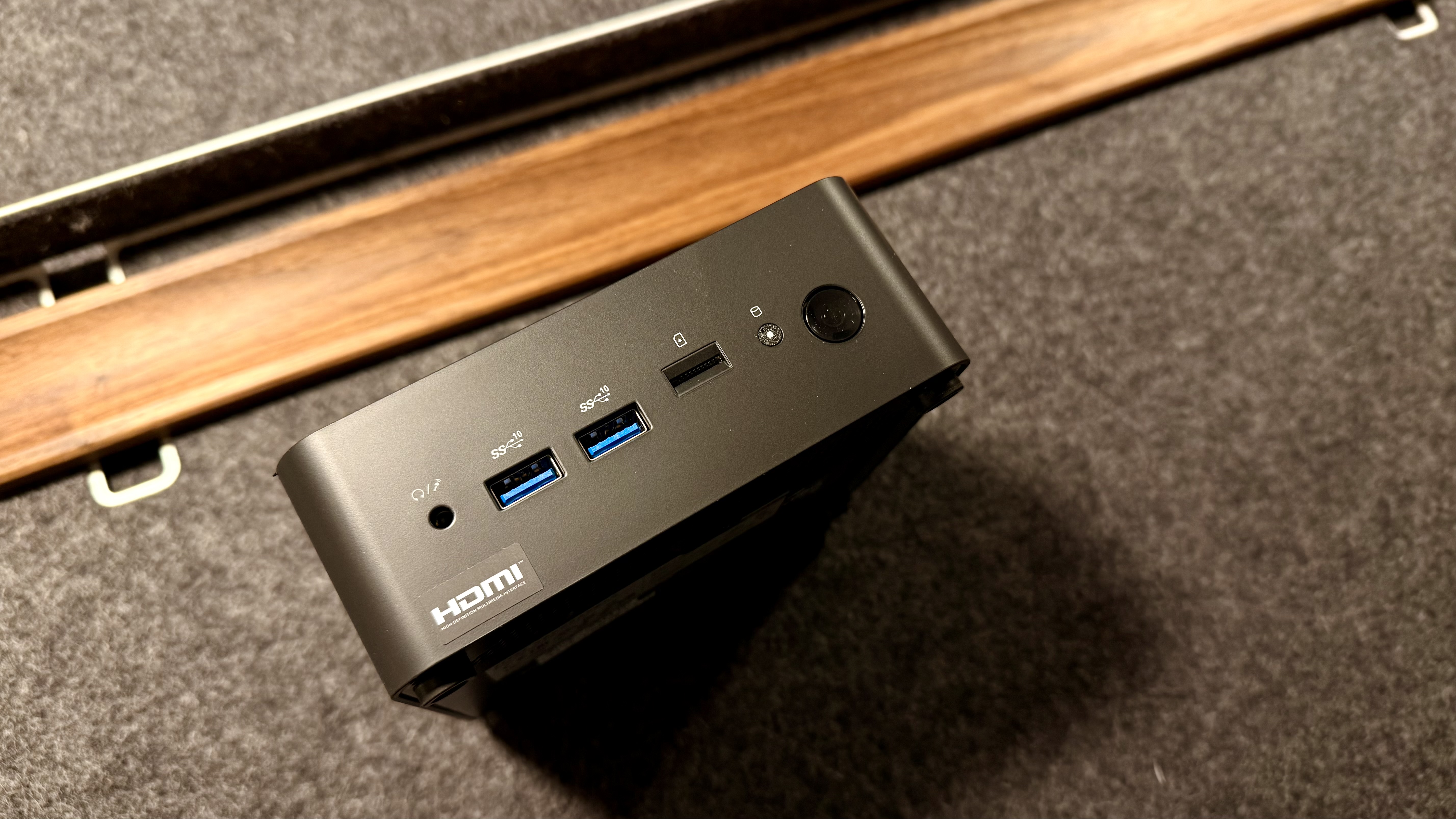
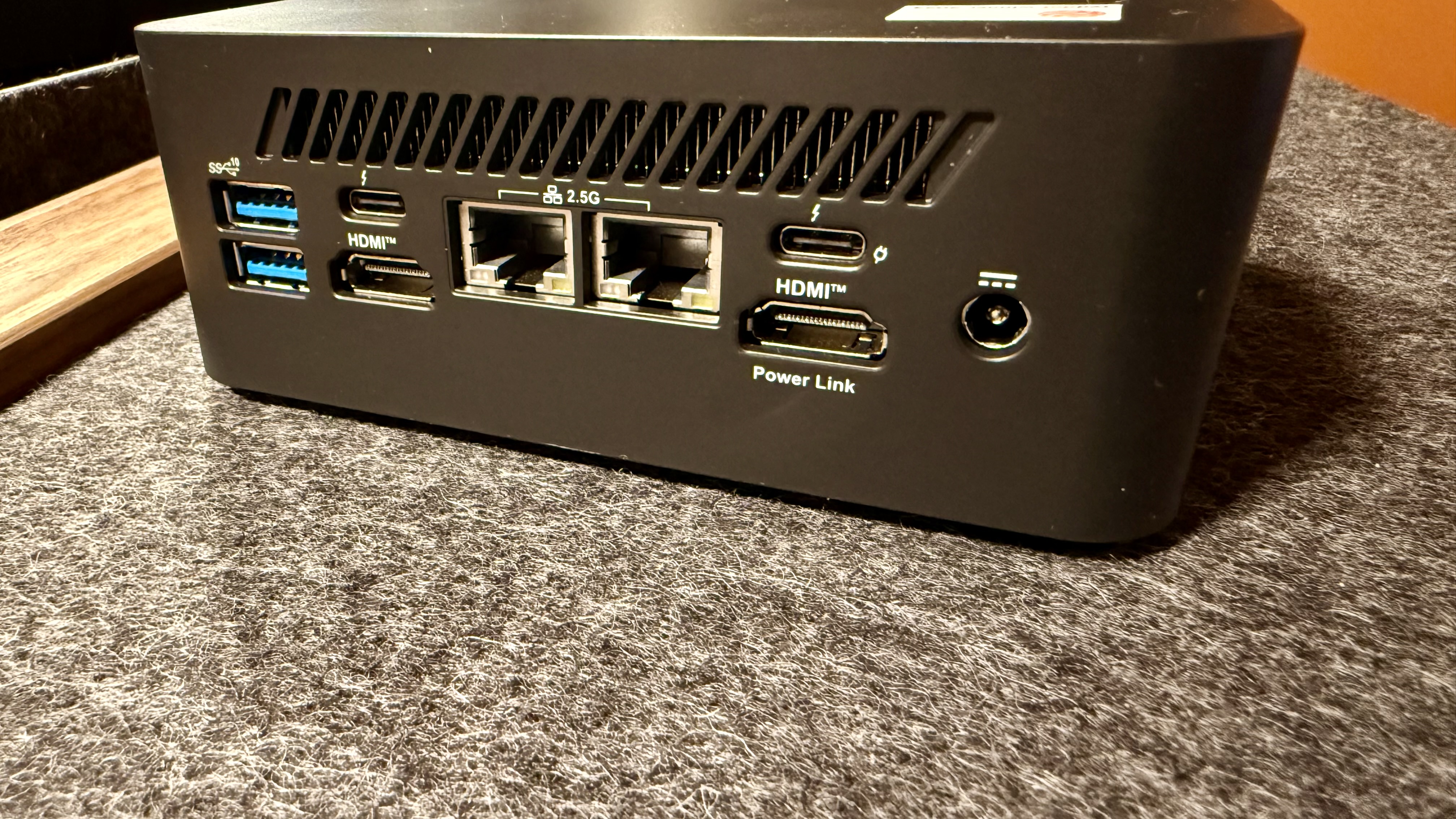

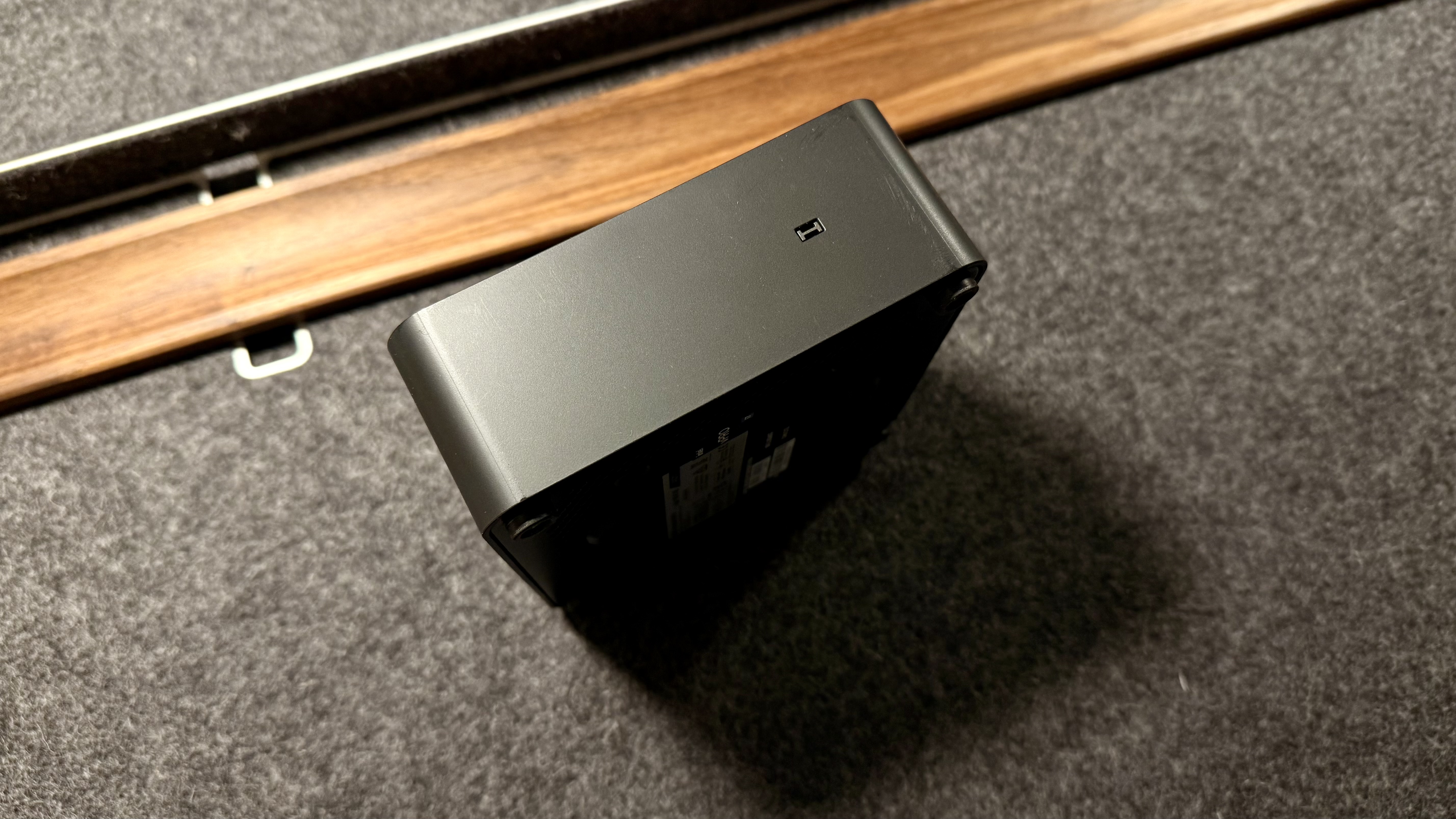
Specifications
Reasons to buy
Reasons to avoid
✅ You want a serious space-saver: With an 0.8L chassis, this is a pleasingly compact mini PC suitable for areas where space is at a premium - and yes, it’s VESA mountable, too.
✅ You want a reliable day-to-day device: We used this as a general office mini PC and experienced no problems at all throughout testing.
❌ You need the smallest mini PC around: While it’s one of the tiniest devices we’ve reviewed, and deliciously handheld, it’s not the smallest mini PC we’ve ever reviewed.
❌ You need a creative workstation: With these specs, the MSI Cubi NUC 1M isn’t designed for video editing, gaming, photo editing, or more strenuous graphical workloads.
Looking for one of the smallest mini PCs around? Then you’ll want to see the MSI Cubi NUC 1M. Measuring 135.6 x 132.5 x 50.10mm, it’s one of the most compact devices we’ve tested - although it’s not technically the smallest mini PC on our books (for that, check out our Minisforum Mercury EM780 review).
Still, as far as a saving on space goes, there’s plenty to recommend here, with the device boasting up to an Intel Core 7 chip, a maximum of 64GB RAM, and a 1TB SSD. A barebones model is also available for those who want more freedom to build and upgrade their own unit.
In our tests, we found this machine effortlessly ran as a media server, streaming videos, supported multiple displays, and all the usual office software most people will need. With a raft of features, we’d also suggest this mini PC would work for digital displays and as a data back-up device. During the two days of dedicated use, we experienced no problems at all.
Possibly the best part about this mini PC, beyond its small size, is the port selection, where you’ll find dual HDMI ports, two Thunderbolt ports, two 2.5G ethernet lines, four USB-A ports, a headphone jack, and a microSD Card reader.
It’s not really designed for creative use, so don’t go expecting it to be a space-saving mini PC for high-resolution photo and video editing. For everything else, we found performance was excellent.
Read our full MSI Cubi NUC 1M mini PC review
Best mini PCs compared
Model | CPU | GPU | RAM | Storage | Dimensions | Barebones model available |
|---|---|---|---|---|---|---|
Apple M4 | Integrated GPU (up to 16-core) | Up to 32GB | Up to 2TB | 5 x 5 x 2in / 12.7 x 12.7 x 5cm | No | |
AMD Ryzen 7 5825U | AMD Radeon Vega 8 | Up to 64GB | Up to 1TB | 5.07 x 5 x 1.88in / 12.3 x 11.1 x 4.3cm | Yes | |
AMD Ryzen 9 8945HS | AMD Radeon Graphics 780M | Up to 64GB | Up to 2TB | 4.61 x 4.37 x 1.51in / 11.7 x 11.1 x 3.8cm | No | |
AMD Ryzen 9 | AMD Radeon 780M | Up to 64GB | Up to 1TB | 5.12 x 4.96 x 2.06in / 13.0 x 12.6 x 5.23cm | Yes | |
Up to Intel Core i9 14th Gen | Integrated graphics | Up to 32GB | Up to 512GB | 7.17 x 1.42 x 7.01in / 18.2 x 3.6 x 17.8cm | No | |
AMD Ryzen 9 | AMD Radeon RX 7600 XT | Up to 96GB | 1TB (expandable) | 11.2 x 6 x 2.4in / 28.5 x 15.3 x 6.1cm | Yes | |
AMD Ryzen 9 | AMD Radeon 780M | 32GB | Up to 2TB | 5.31 x 5.20 x 1.81in / 13.5 x 13.2 x 4.6cm | No | |
Intel Core i9-12900H | Intel Iris Xe Graphics | Up to 64GB | Up to 8TB | 6.22 x 6.22 x 2.2in / 15.8 x 15.8 x 5.58cm | No | |
Up to Intel Core 7 150U | Integrated graphics | Up to 64GB | Up to 1TB | 5.34 x 5.22 x 1.97in / 13.56 x 13.25 x 5.01cm | Yes |
Best mini PC: Frequently asked questions
Are there different types of mini PC?
There is a lot of variety when it comes to mini PCs: various sizes are available and they are designed for various use cases.
Some mini PCs are designed to lay flat under a desk while others have a unique vertical design that allows them to be placed on top of your desk next to your monitor and within arm's reach. You can also completely conceal them behind your monitor if they come with VESA mounting holes.
Today's best mini PCs are a great alternative to bulky full-size desktops and all-in-one systems for all kinds of uses: from administrative workers doing data entry, to customer service specialists and call center offices, to creative professionals and students learning at home.
What is the best use of a mini PC?
Mini PCs excel at everyday tasks like web browsing, word processing, video streaming, and light gaming. You can easily connect them to your TV to play games and watch movies either via a platform like Netflix or through your own media server, with the effectively set acting as a monitor. With specs comparable to mid-range laptops, they don’t have the necessary CPU and GPU to run more resource-intensive apps and games. In those circumstances, it may be worth investing in high-spec devices like the best video editing laptops, which are built for heavy workloads.
What are the disadvantages of a mini computer?
While the best mini PCs absolutely shine, they’re not without a few downsides. When it comes to specs, mini PCs pale in comparison to modern desktop computers and the very best laptops. While you shouldn't have trouble using most as a space-saving alternative to the best laptops for graphic design or the best laptops for photo editing, it can make it difficult to use hardware-intensive apps and processes, like any of the best video editing software.
Upgrading those lower-specced internals is usually out of the question. Even some of the best mini PCs can't be expanded with better components (at least, not without some technical knowledge and skill).
They also need to be run from the mains, so while they’re an excellent portable option, you lack the built-in batteries found in laptops. Due to their form, some users may also experience issues with overheating. Mini PCs also lack peripherals, from screens to optical drives.
How much RAM do you need for a mini PC?
As with desktop computers and laptops, the best RAM is the most amount of RAM you can get within budget. It will make performance much more fluid, especially if you’re using the mini PC for a lot of tasks. We recommend a bare minimum of 8GB memory, although 16GB and above is preferred.
Are mini PCs good for gaming?
It all depends on which games you want to play. The very best mini PCs can ably run lightweight or older games - in fact, many use them as emulators. However, they will typically struggle with newer games, like the triple-A offerings from the likes of Rockstar. They simply don’t have the required CPU and GPU to handle them.
Can you connect a mini PC to a laptop?
Yes, you can connect your mini PC to a laptop and use it as a monitor - but it’s also easy, as many mini PCs lack the required HDMI ports to output to the laptop screen. One of the easiest ways to accomplish this is by using remote desktop software.
Are the best mini PCs better than laptops?
It depends how you intend to use your mini computer. While both are highly portable, mini PCs are more so, with a far smaller surface area. If you’re working on the go, be aware of the sometimes limited battery life on laptops - if you’re usually running off the mains, a mini PC may be the better choice.
Laptops serve as a great all-in-one solution with everything you need to work and play. Accessories like the best office keyboards and the best monitors for a dual set-up are optional. They also come with a range of tech specs, with options for everyday computing tasks right up to the best gaming laptops.
Like a traditional desktop computer, a mini PC is best when used in spaces with easy access to monitors (or TV), keyboards, and other peripherals on hand. For this reason, mini PCs are great for office use, allowing multiple users to access the device in a variety of locations. Cost is also a factor, as mini PCs tend to be cheaper than laptops.
How to choose the best mini PC for you
When choosing which mini PC is best for you, there are several factors to consider - but first, it's important to be sure a mini PC is right for your needs.
Mini PCs, sometimes known as think clients or NUCs, are ideal for light use, such as web browsing and video streaming. Some can even handle casual gaming sessions. But you won't find the raw power offered by the likes of the best mobile workstations.
Despite their name, mini PCs come in a range of sizes, from tiny machines like the Acemagician T8 Plus to the Apple Mac mini, which on the larger size. But they're all considerably smaller than a desktop, so if you're looking for a space-saver, they're ideal. You'll find plenty that even include a VESA mount for attaching the device to monitors to de-clutter the desk.
If a mini PC is best, consider how you'll be using your machine. In addition to general computer usage, mini PCs have been used as media servers, games emulators, and much more.
For smooth performance. a good CPU, GPU, and RAM are essential. We've included a selection of AMD- and Intel-powered thin clients here, all capable of delivering speed and performance for a range of uses.
However, be sure to check your device's ports and connectivity. Some of the best mini PCs pack in plenty of Thunderbolt and USB ports, memory card slots, and HDMI connections, but some are less generous. If portability is a consideration, remember to check dimensions and weight. You'll find these details in our full mini PC reviews.
When it comes to budget, mini PCs tend to retail for around $100 and up, although we recommend checking out our round-up of the best Prime Day PC deals and Black Friday mini PC deals, as you can make big savings when the sales are on.
How we test the best mini PCs
We've tested thousands of devices, from the best photo editing PCs to best video editing Mac and MacBook laptops and best business monitors. And we have extensive experience with small-form NUCs and thin clients.
A lot of time and care goes into selecting the best mini PCs. Appliance-type mini-PCs often have a metal enclosure to help with passive cooling and more than one wired Gigabit Ethernet port. The best mini PCs are perfect for leaving unattended in a small network cabinet, rack, or locker, where they can be used as fixed-function mini-servers, such as a firewall for an office network or file storage for a small shop.
There's also a class of mini PCs that are small. These range from palm-sized to slightly more significant than a thumb drive, often with an HDMI male connector and built to be attached to the back of a TV or monitor for entertainment or web browsing on a big screen.
As such, selecting a mini PC is no easy task. First, we had to filter them based on size. We started from the tiniest ones, the thumb drive-sized PCs, up to the palm-sized devices, then moving to the TV-box-sized machines. In each size jump, we looked for the usage scenarios for each based on the capabilities of the CPU and amount of RAM and included ports, then we weeded out the ones with sub-par specs; this removed several dozen entries with the same Celeron CPUs and low RAM.
Once we got to the higher-spec entries, the winners started to show up either by expansion capabilities, unique features, or suitability for the purpose. Final filtering by brand name and support considerations is how we ended up with our selection of picks for the best mini PC for home and office.
As such, when testing which mini PC is best, we study several key areas. This includes build quality and form-factor - we want to see a robust machine, and the best materials available for the cost. This is especially true with mini PCs, as they're designed to be easily carried and used in multiple locations.
We explore the internal specs of each device, and how they compare with some of the other best mini PCs on the market. As part of this process, we also assess the upgradability of the device - from the options on offer to the ease of creating your perfect mini PC. This includes benchmarking performance of the CPU, GPU, and RAM. We're not necessarily looking for the most powerful mini PC. But we want to see suitable performance relative to a range of uses and budgets.
Ports and connectivity are another area where we look at what's on offer - and how it compares with rival devices. Not everyone will need Thunderbolt 4, but we expect to see adequate slots on a mini PC to increase functionality and flexibility.
Price is always a consideration. Depending on how you use it, the most expensive mini PC you can buy may not offer genuine value for money. We've curated a selection of mini PCs here, from premium machines to the cheapest mini PC with great performance.
You can read more about our comprehensive testing methods in our guide How we test laptops and desktops: Our review process explained.
Sign up to the TechRadar Pro newsletter to get all the top news, opinion, features and guidance your business needs to succeed!

Steve is B2B Editor for Creative & Hardware at TechRadar Pro, helping business professionals equip their workspace with the right tools. He tests and reviews the software, hardware, and office furniture that modern workspaces depend on, cutting through the hype to zero in on the real-world performance you won't find on a spec sheet. He is a relentless champion of the Oxford comma.
